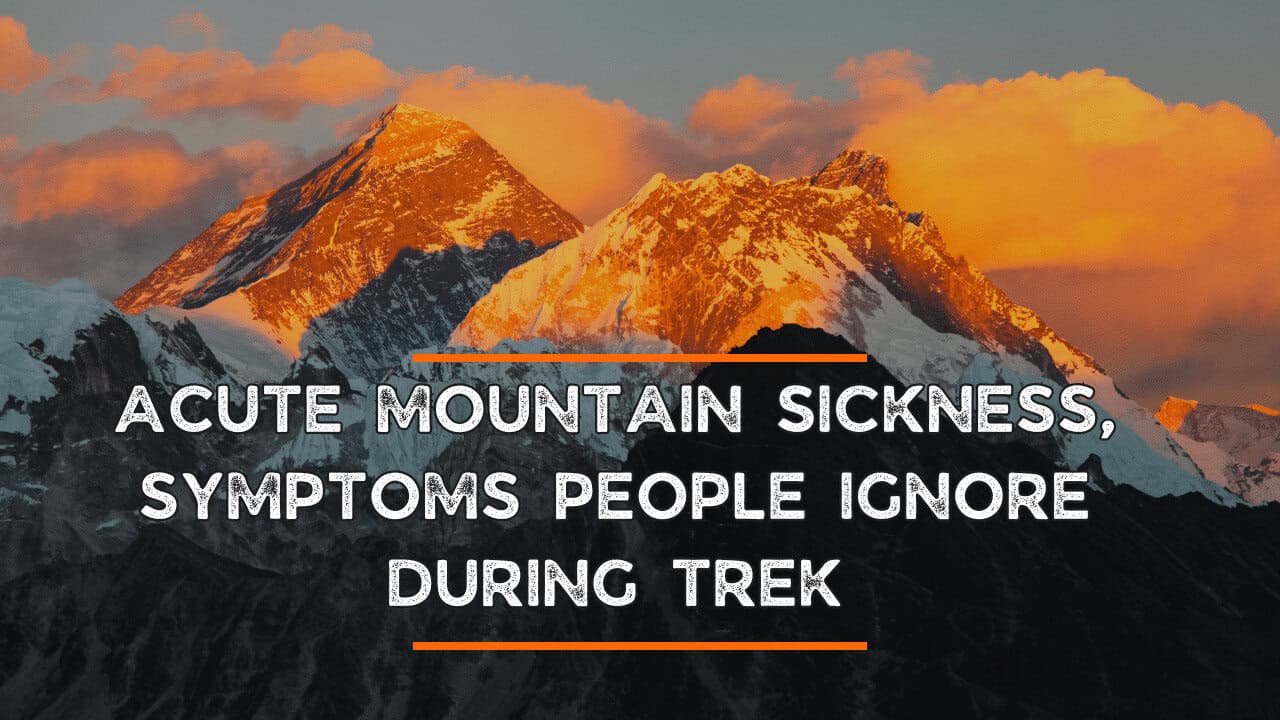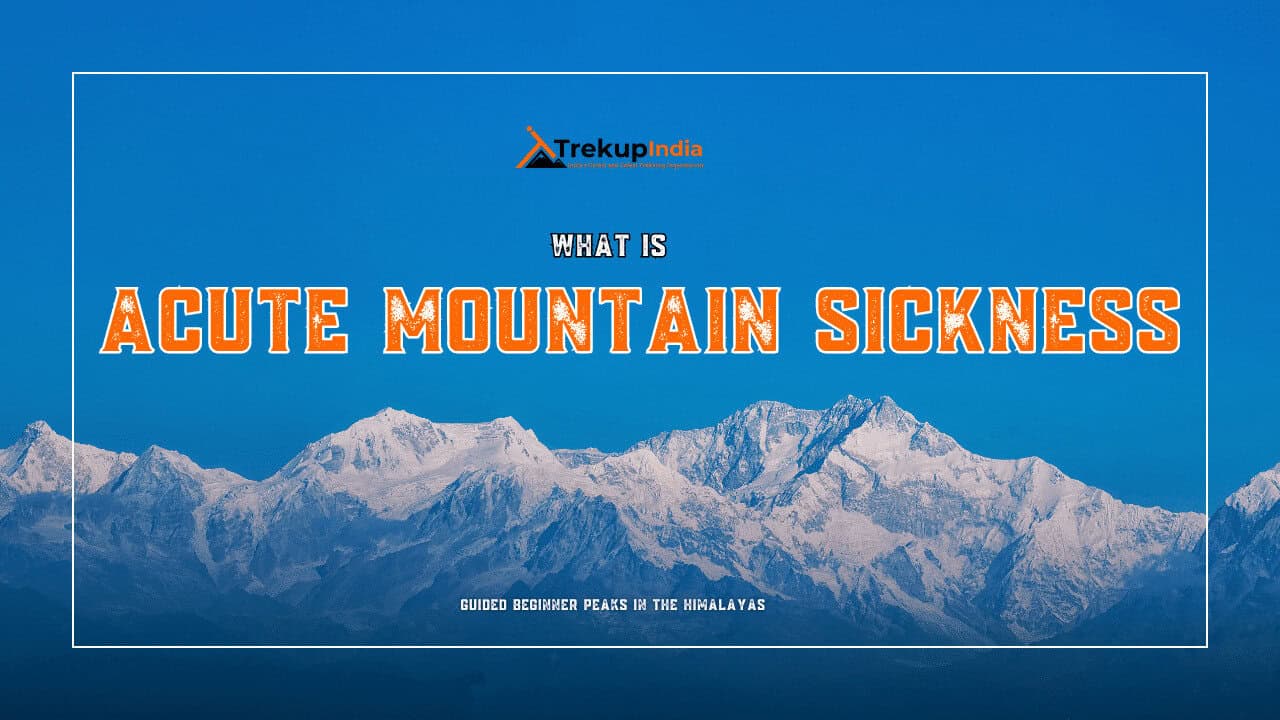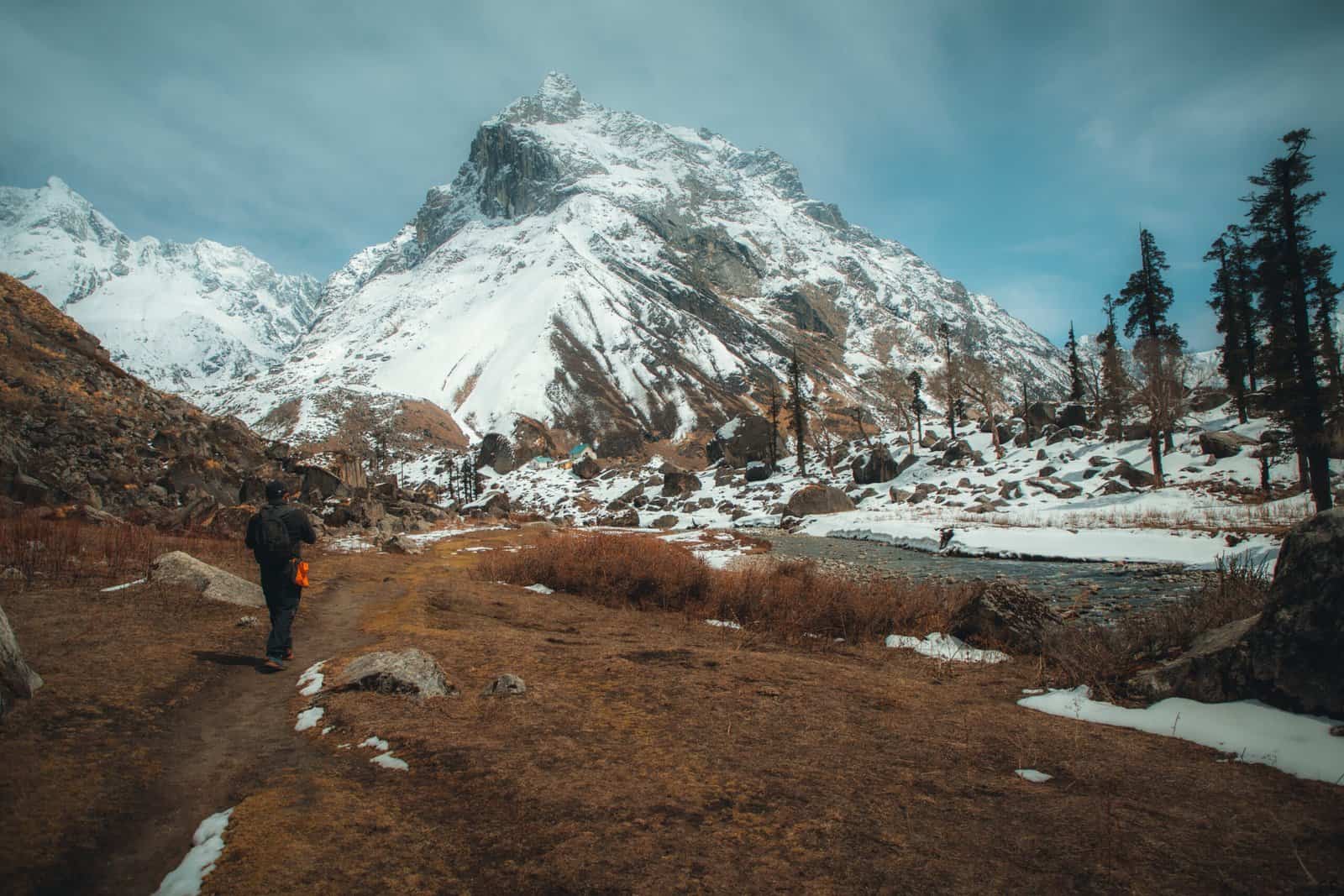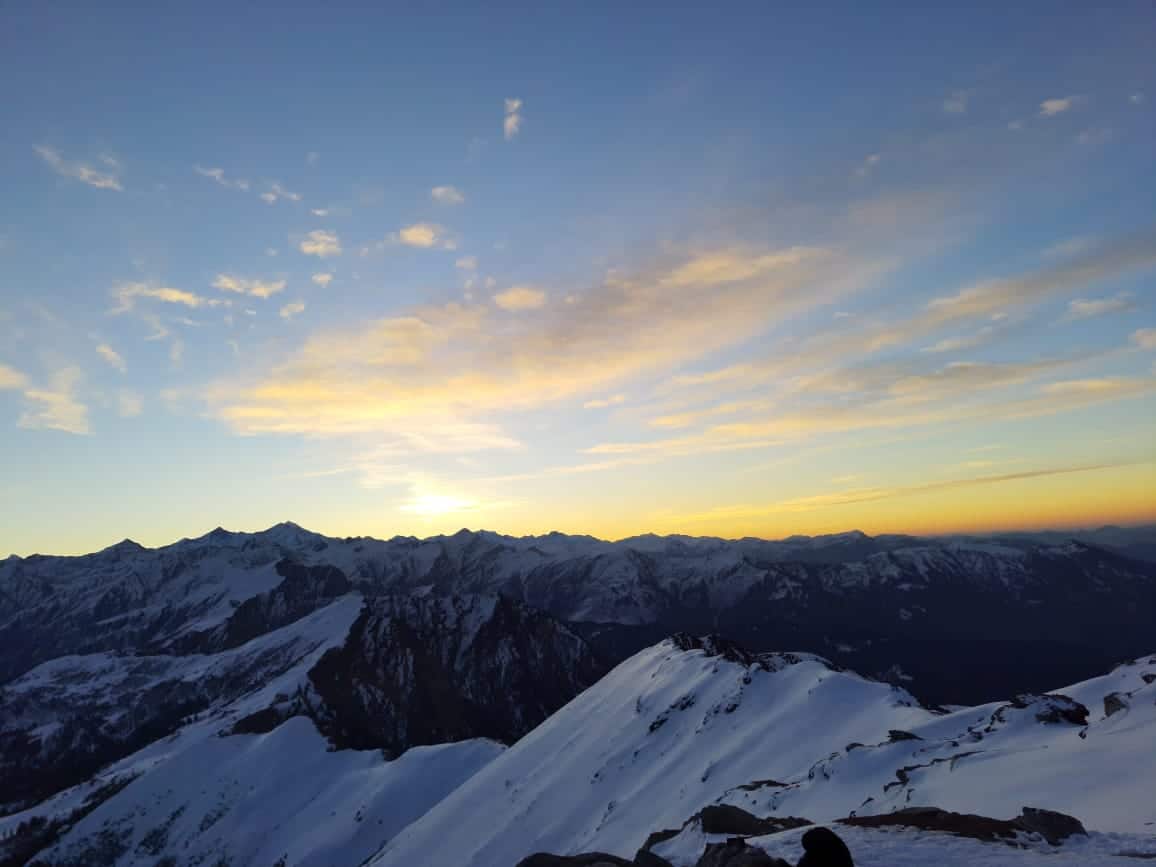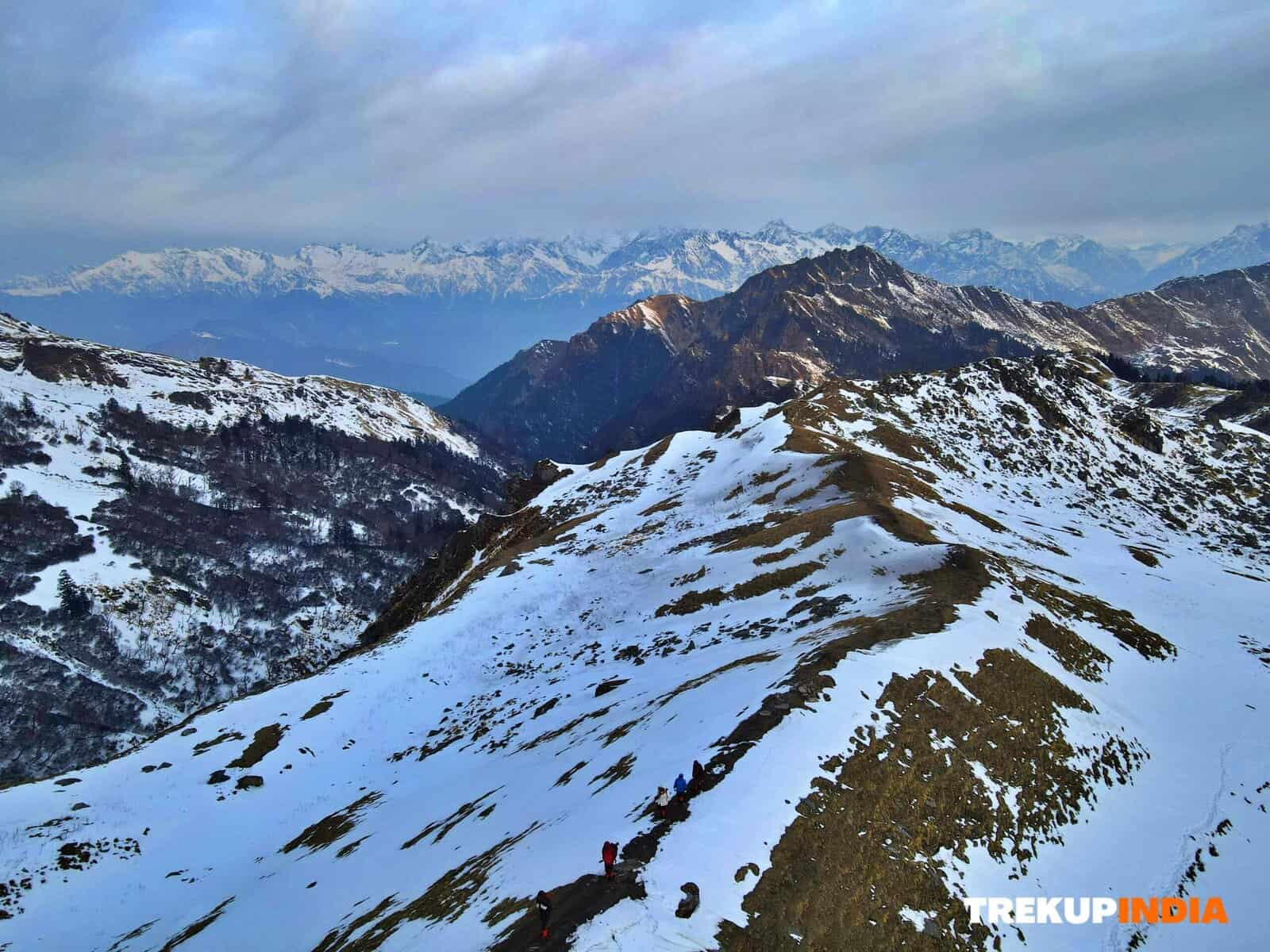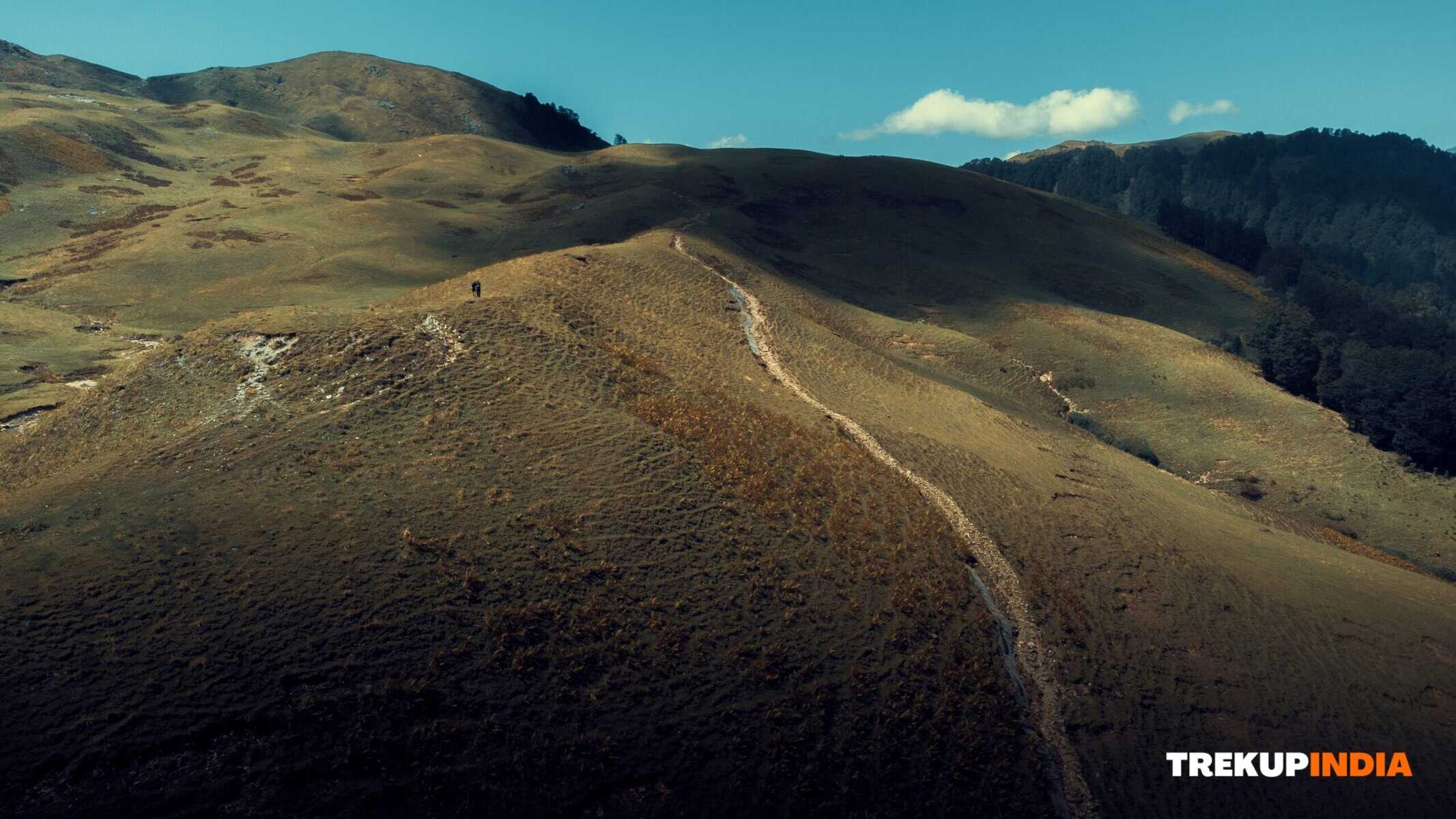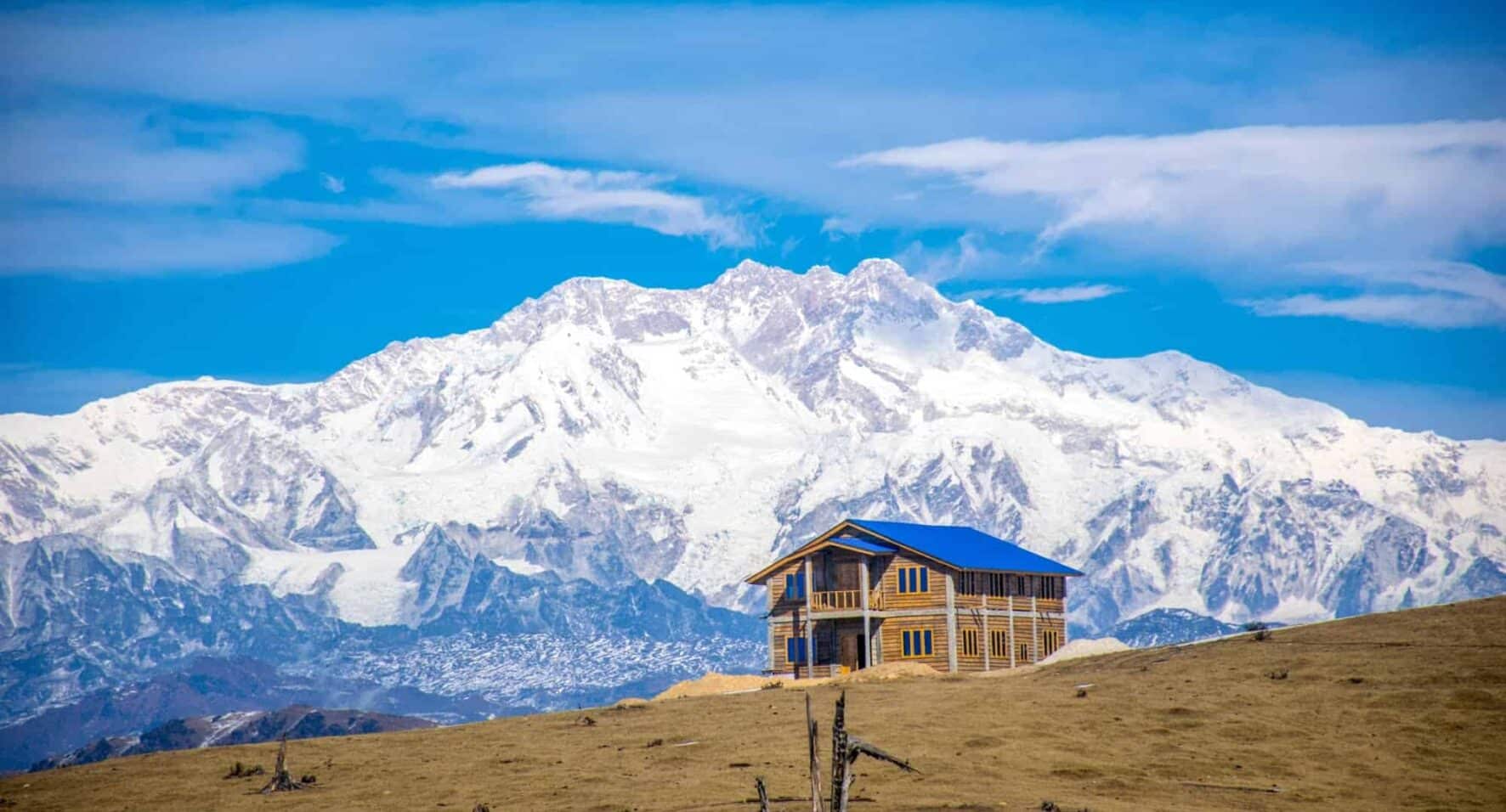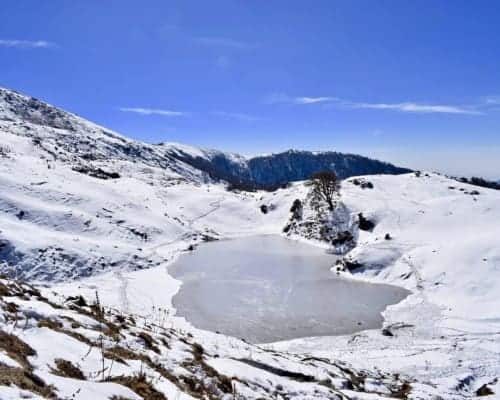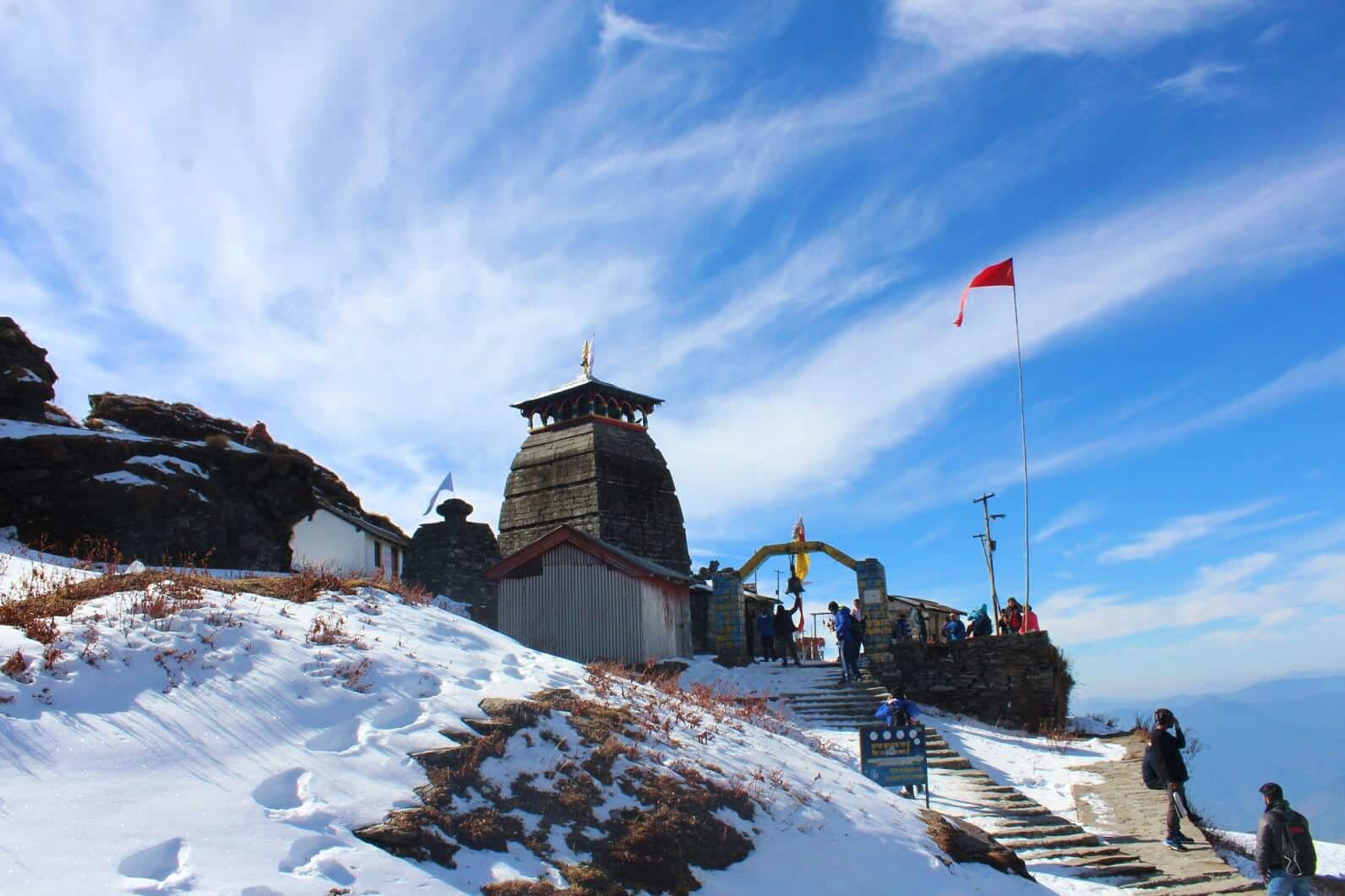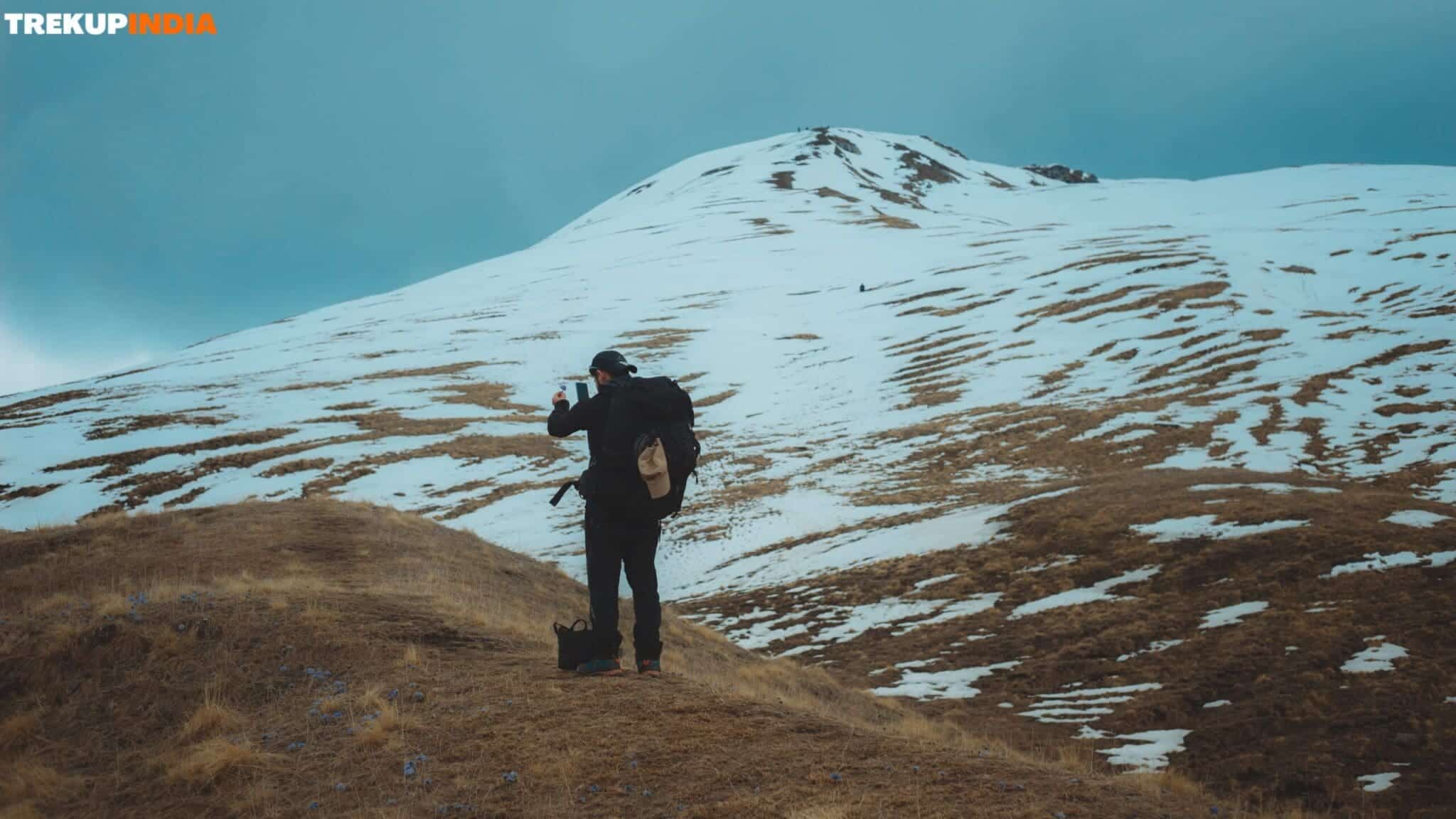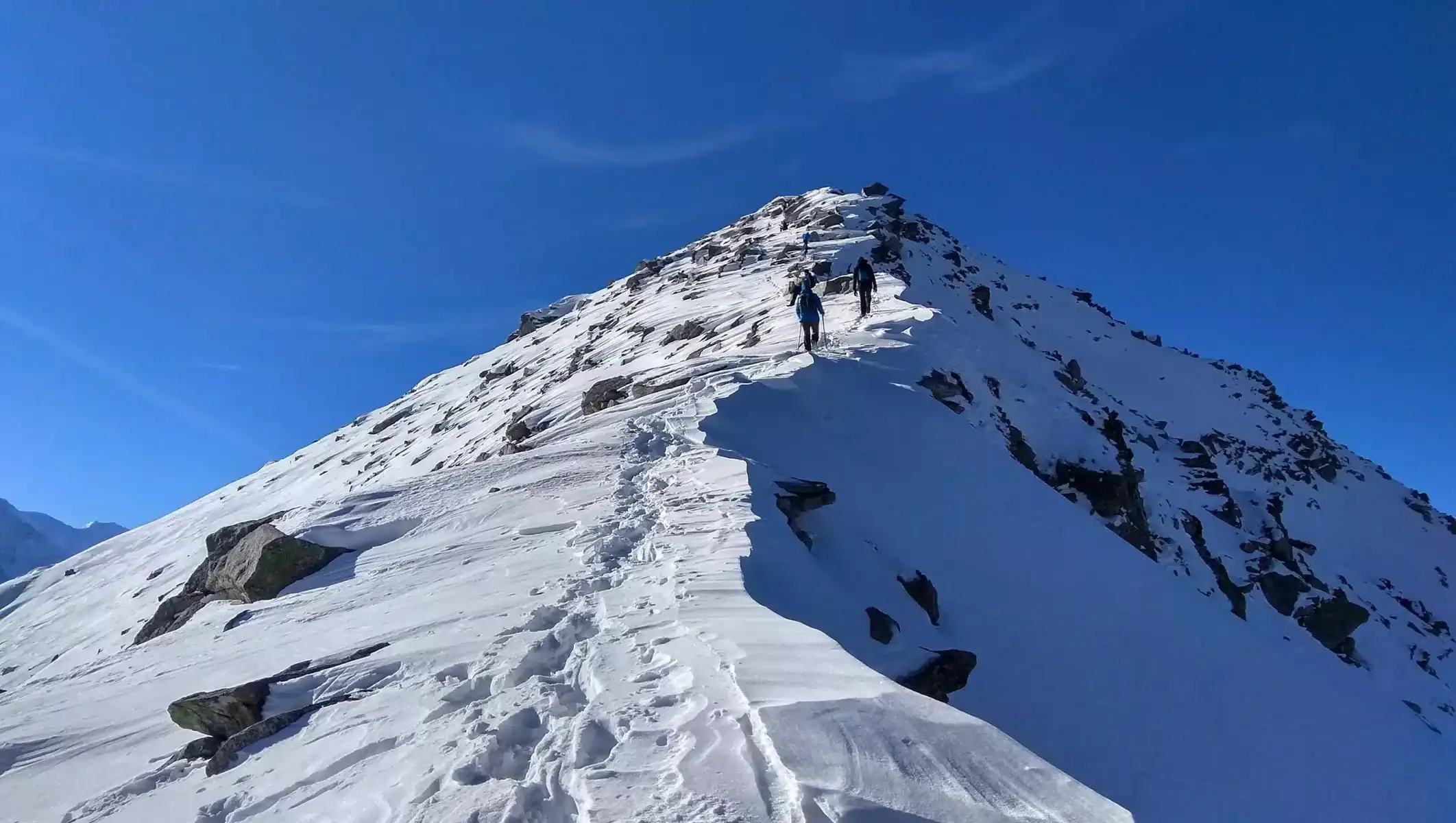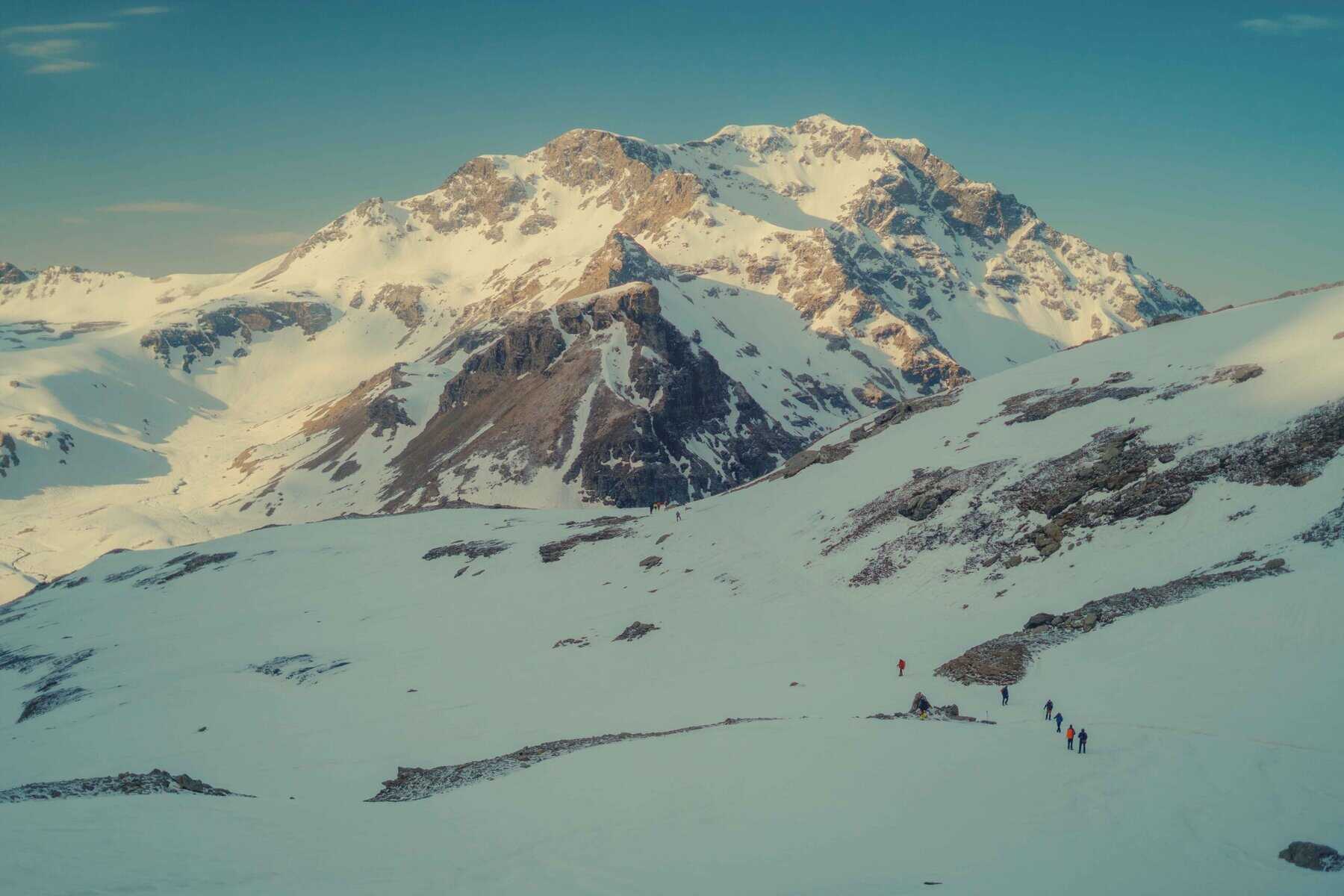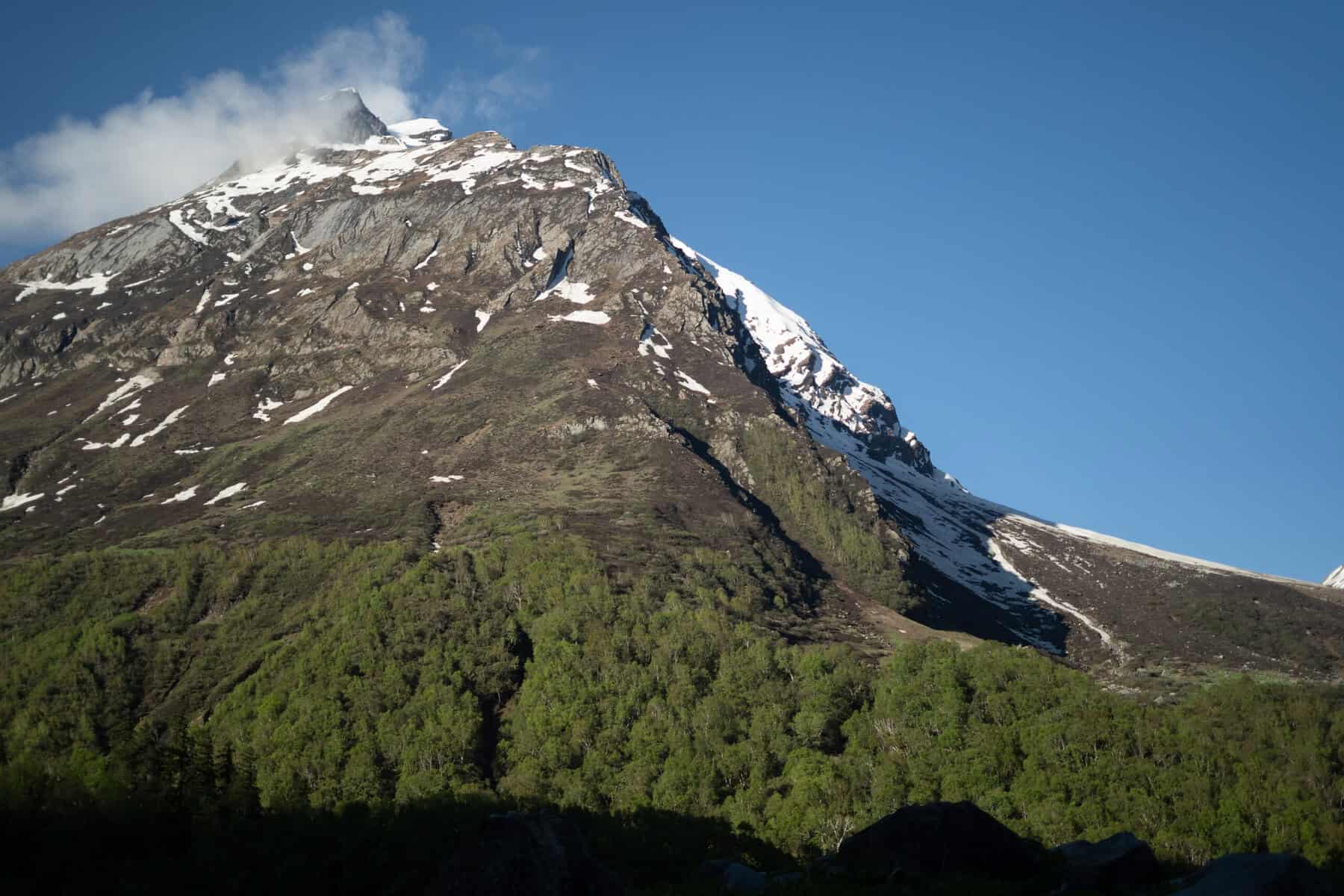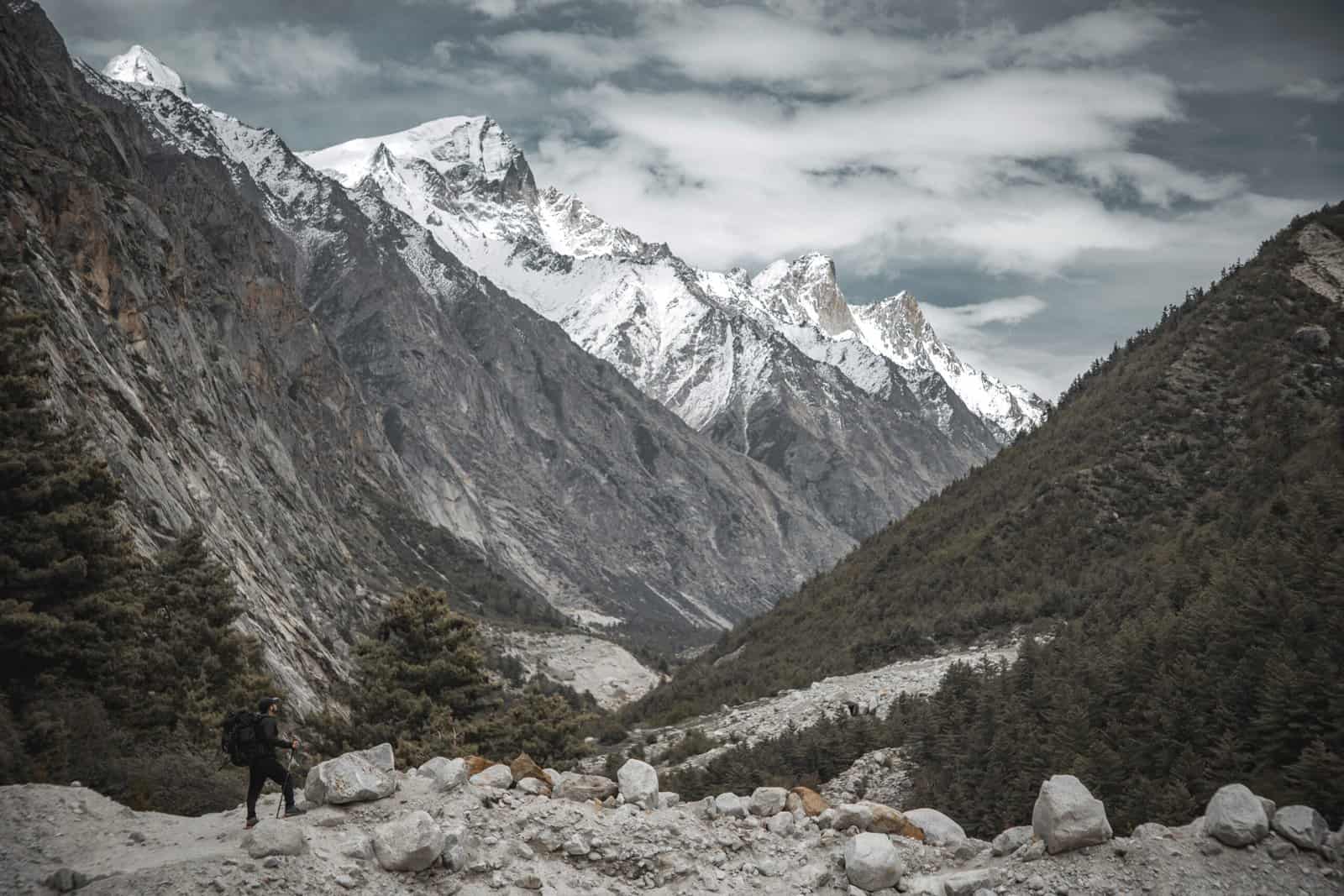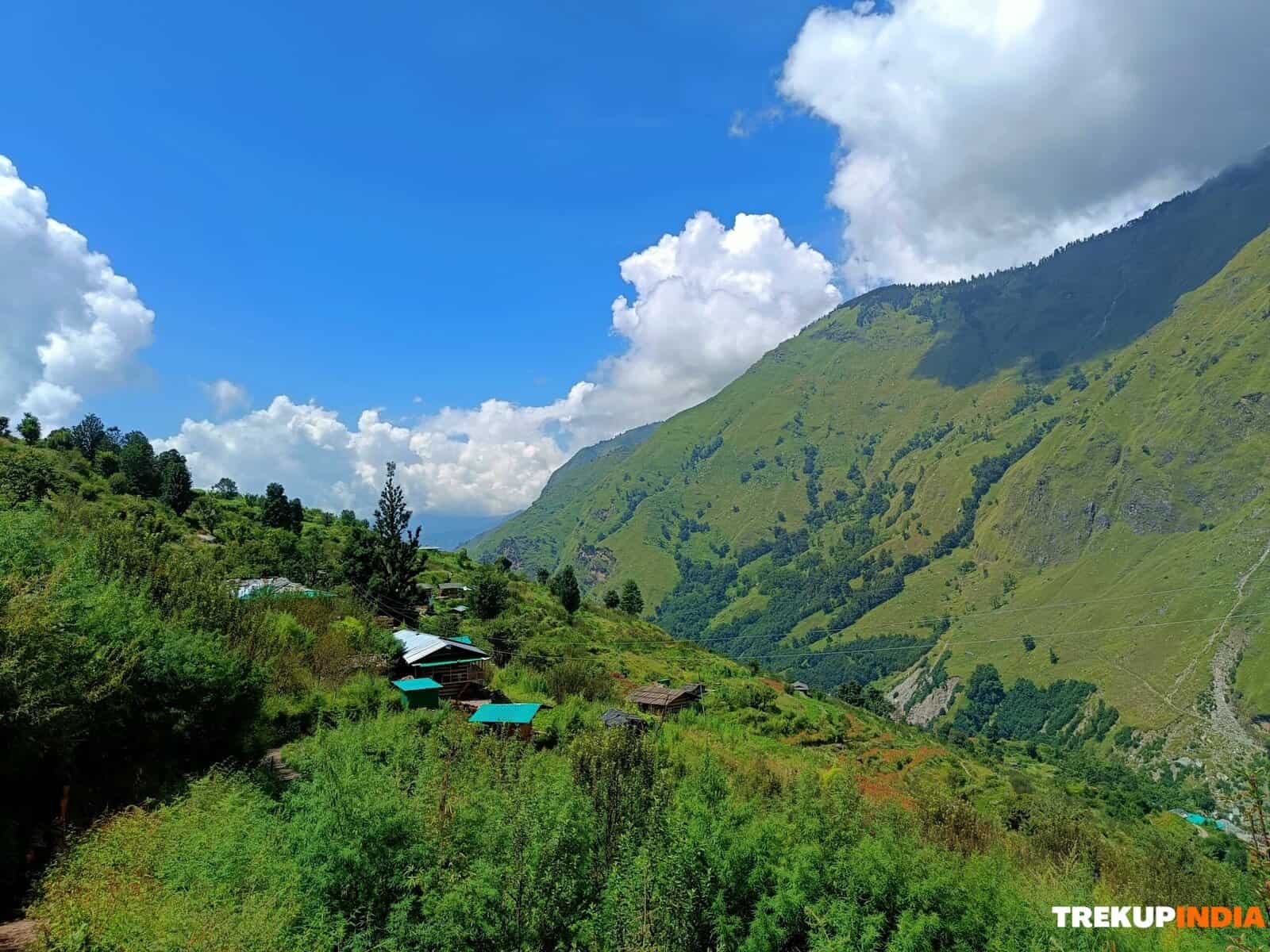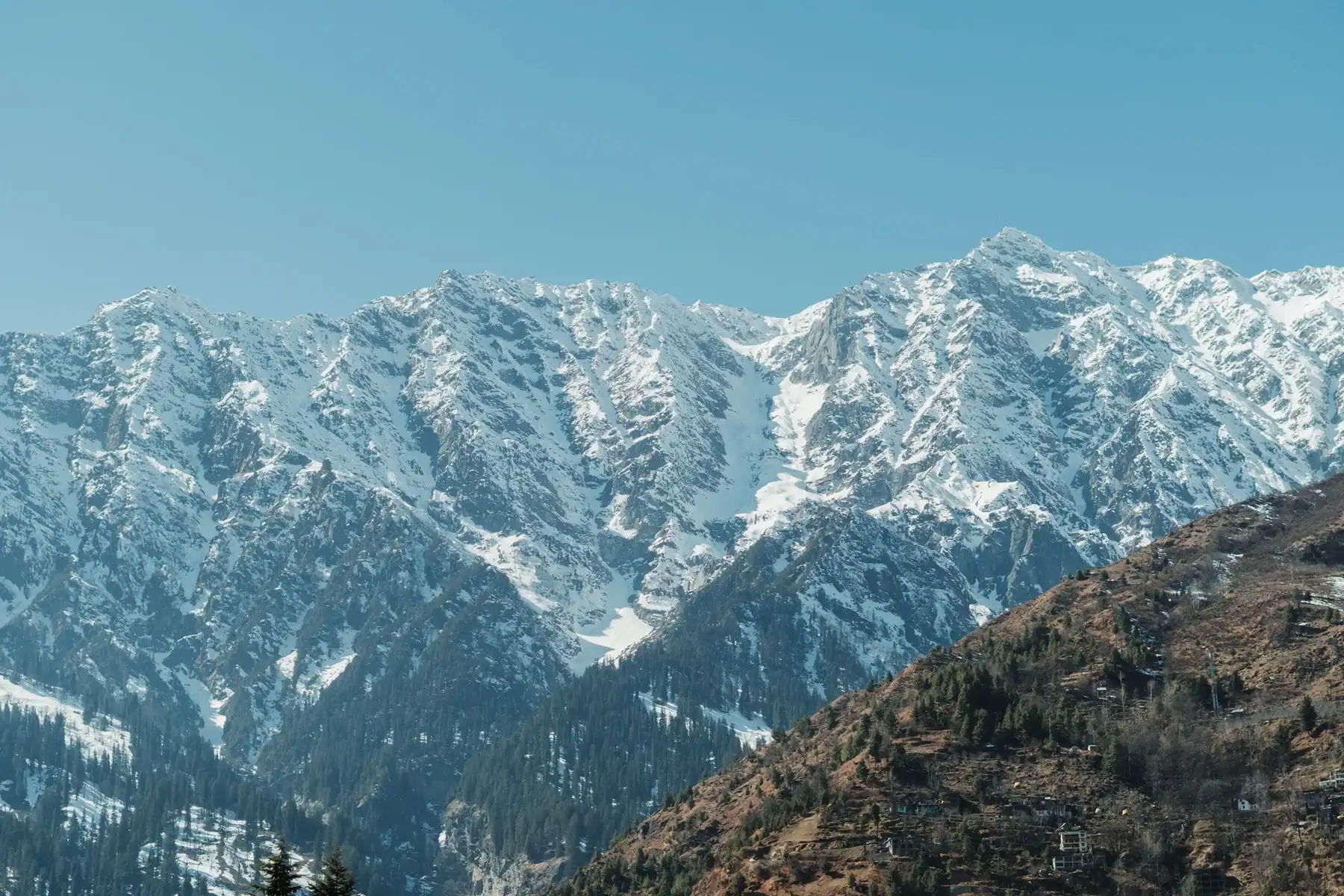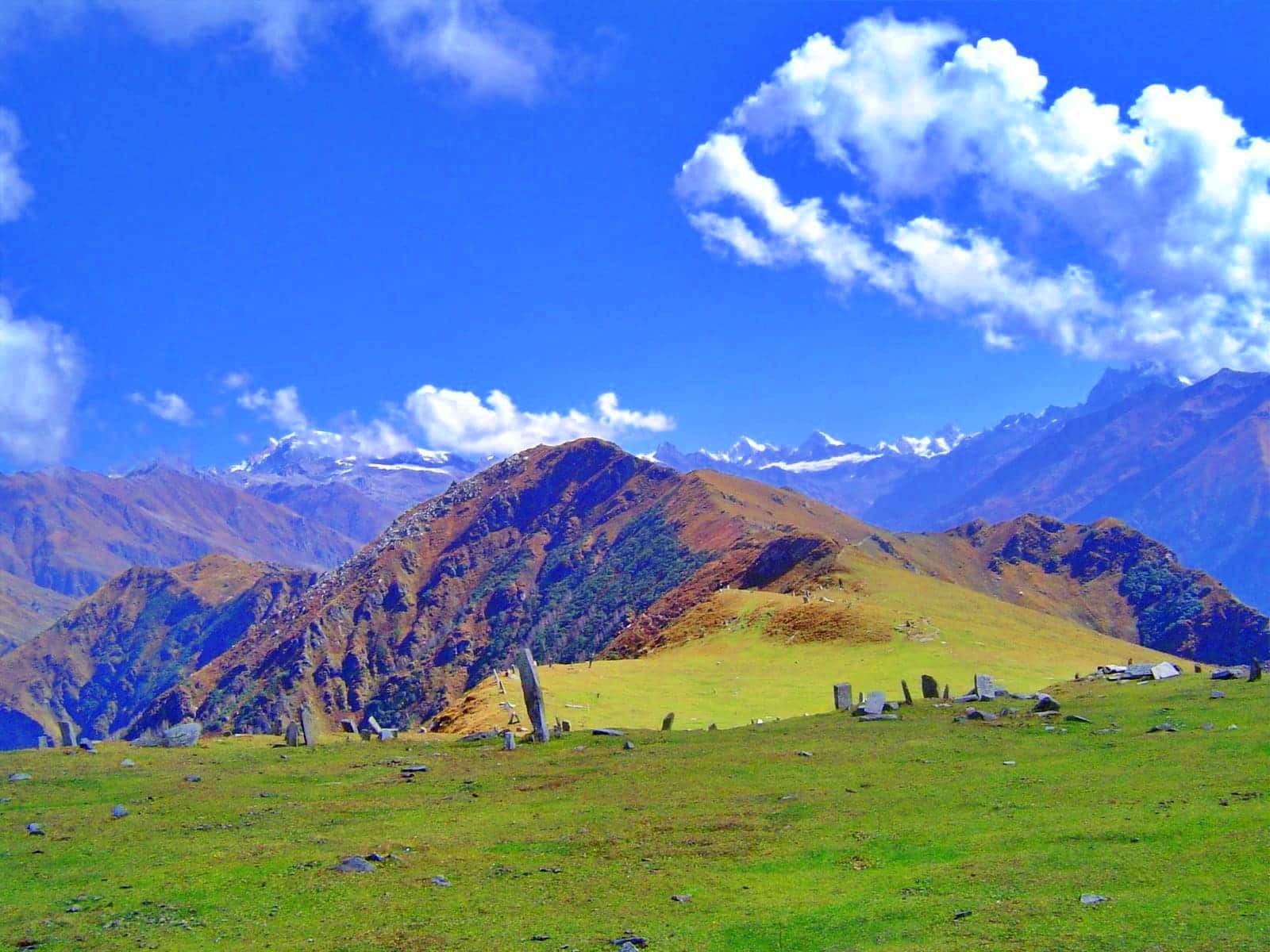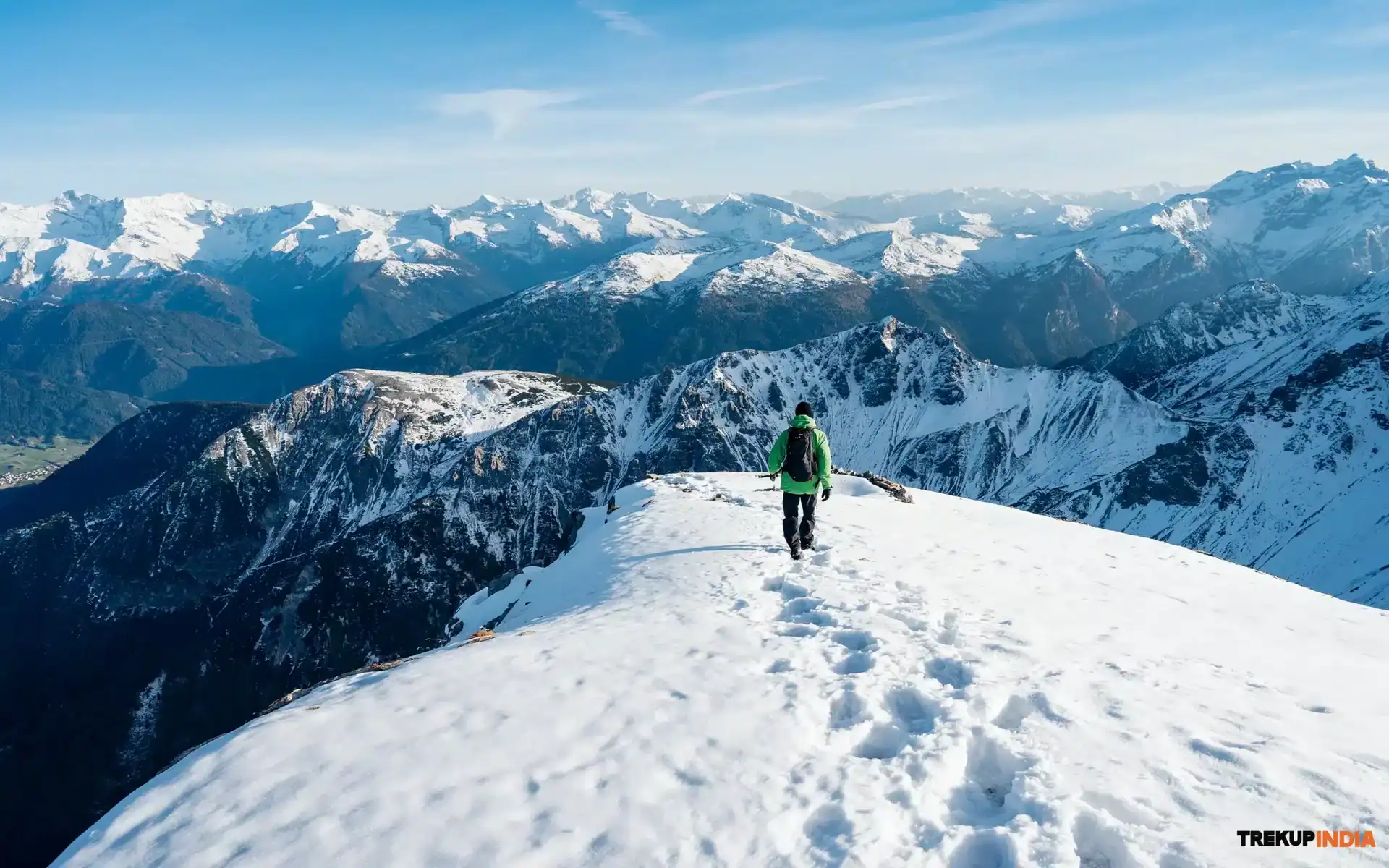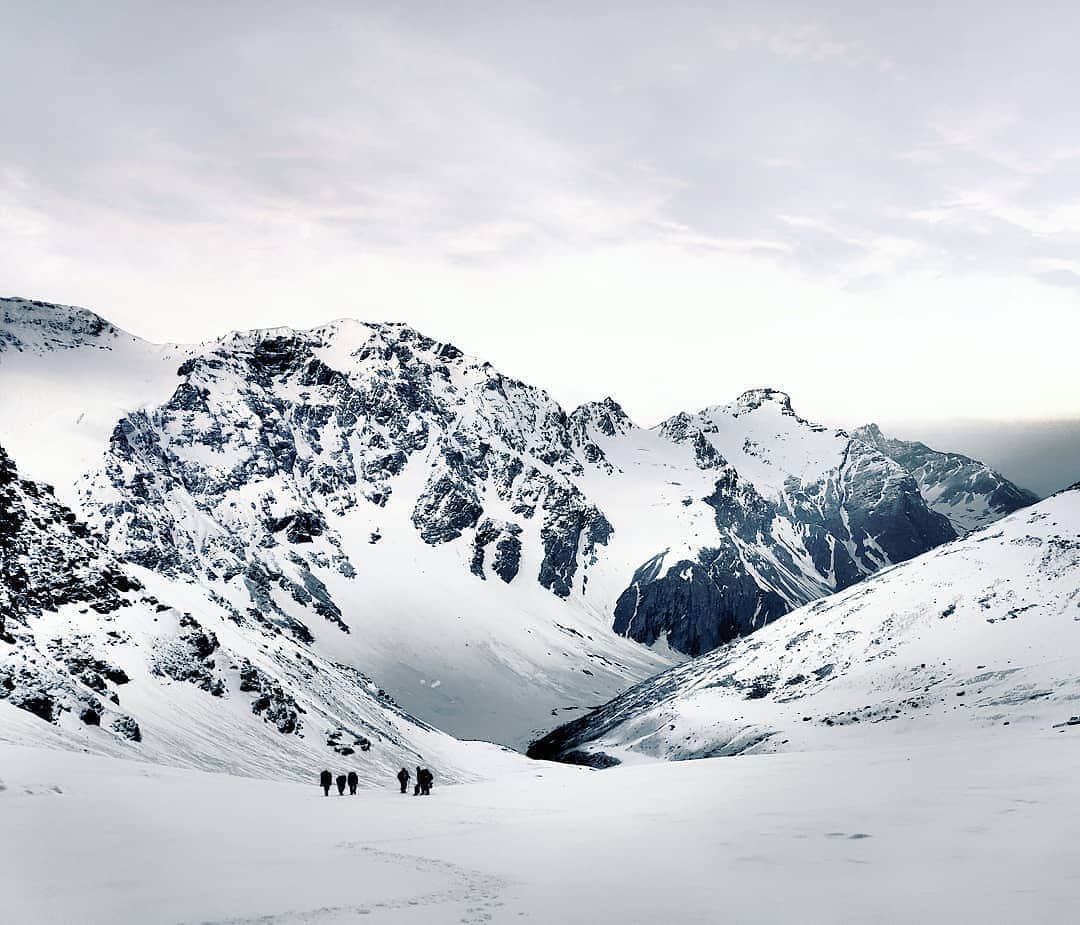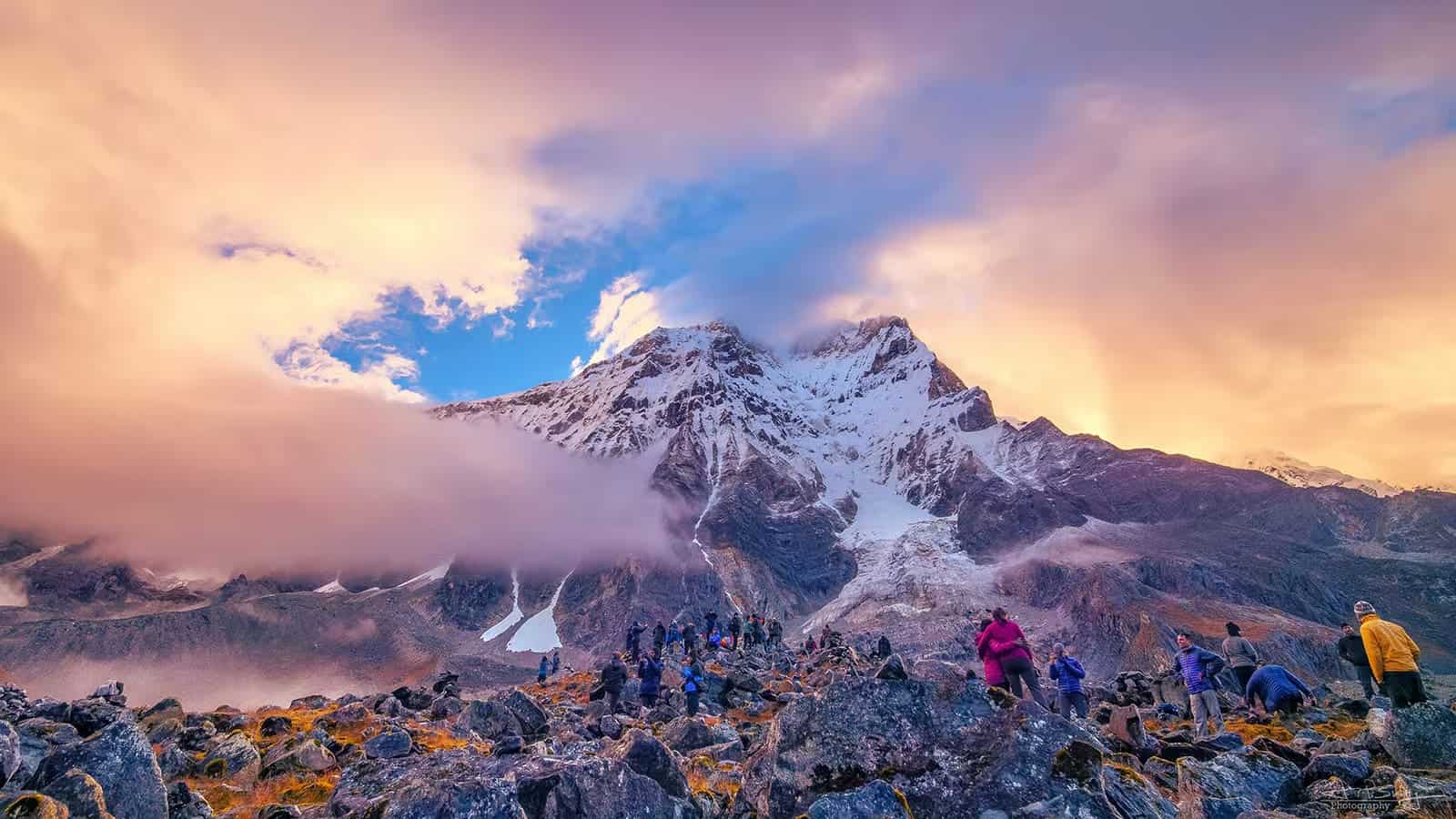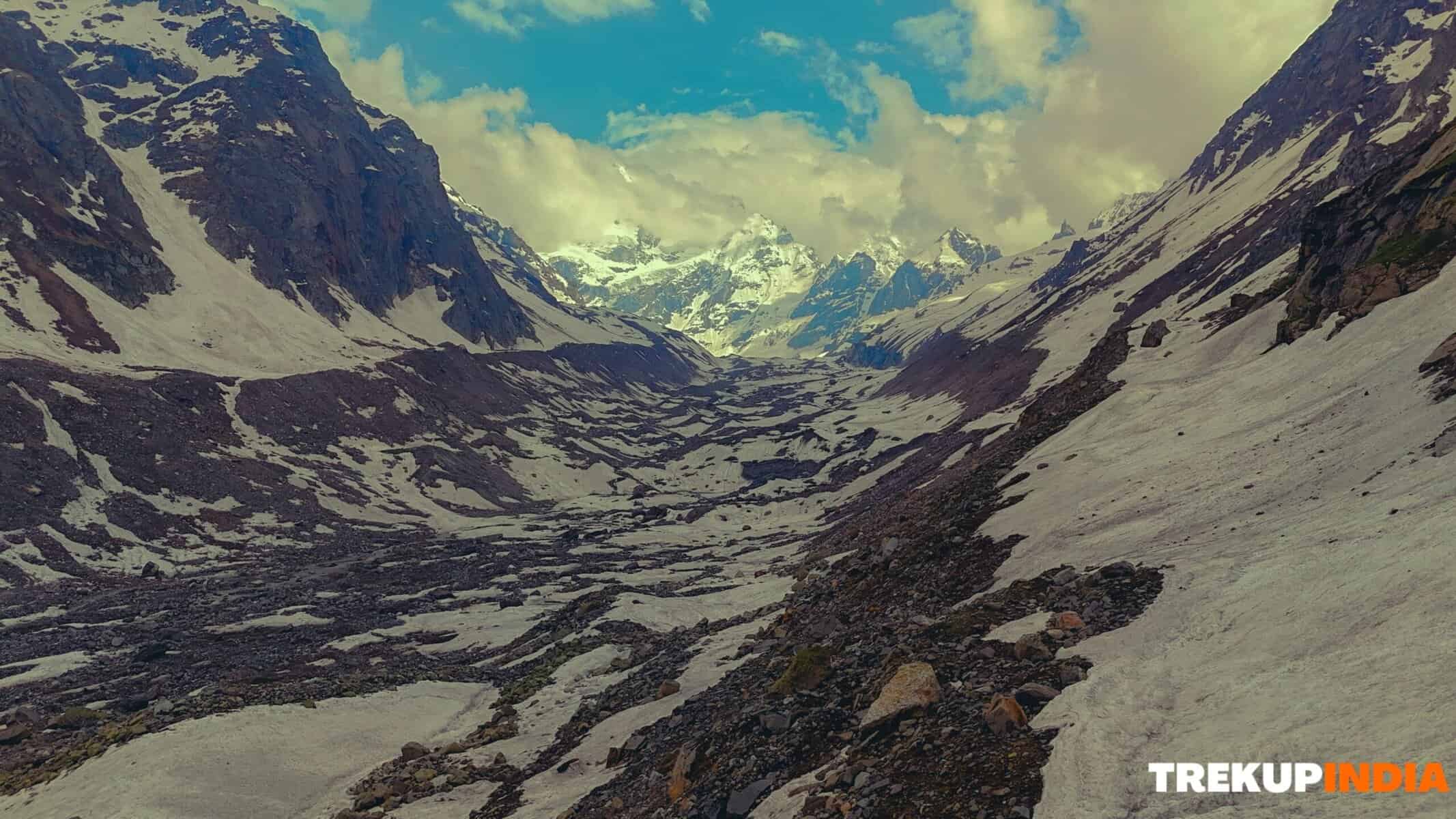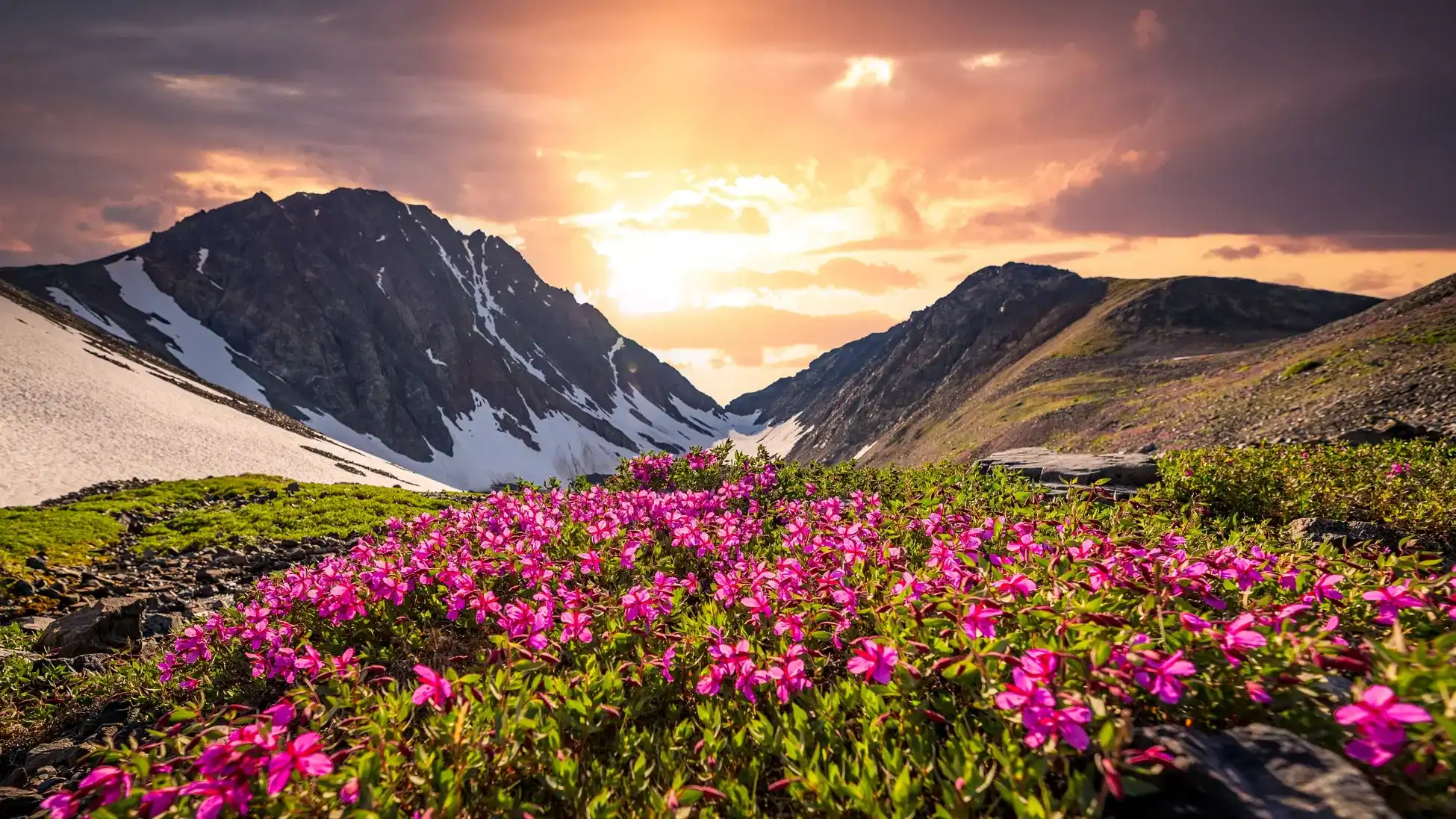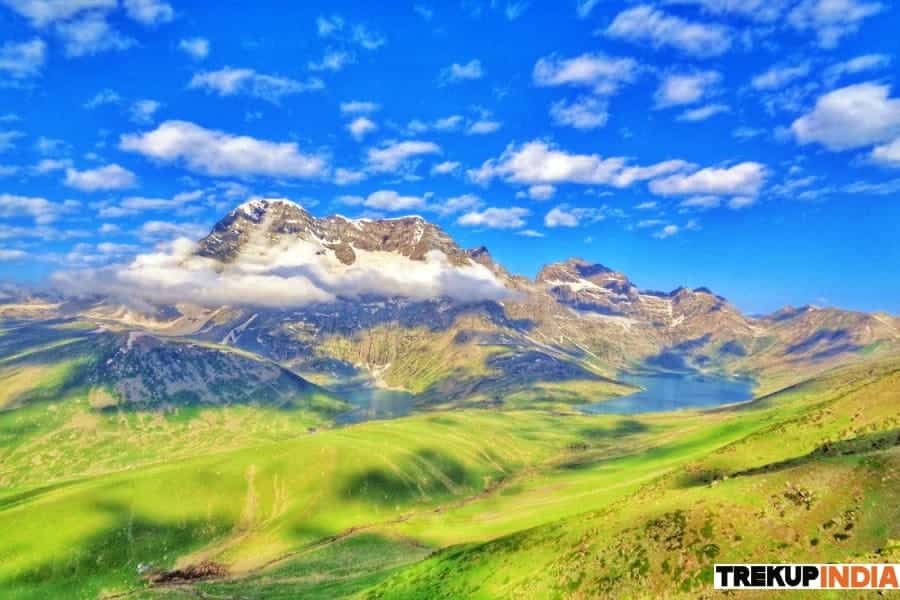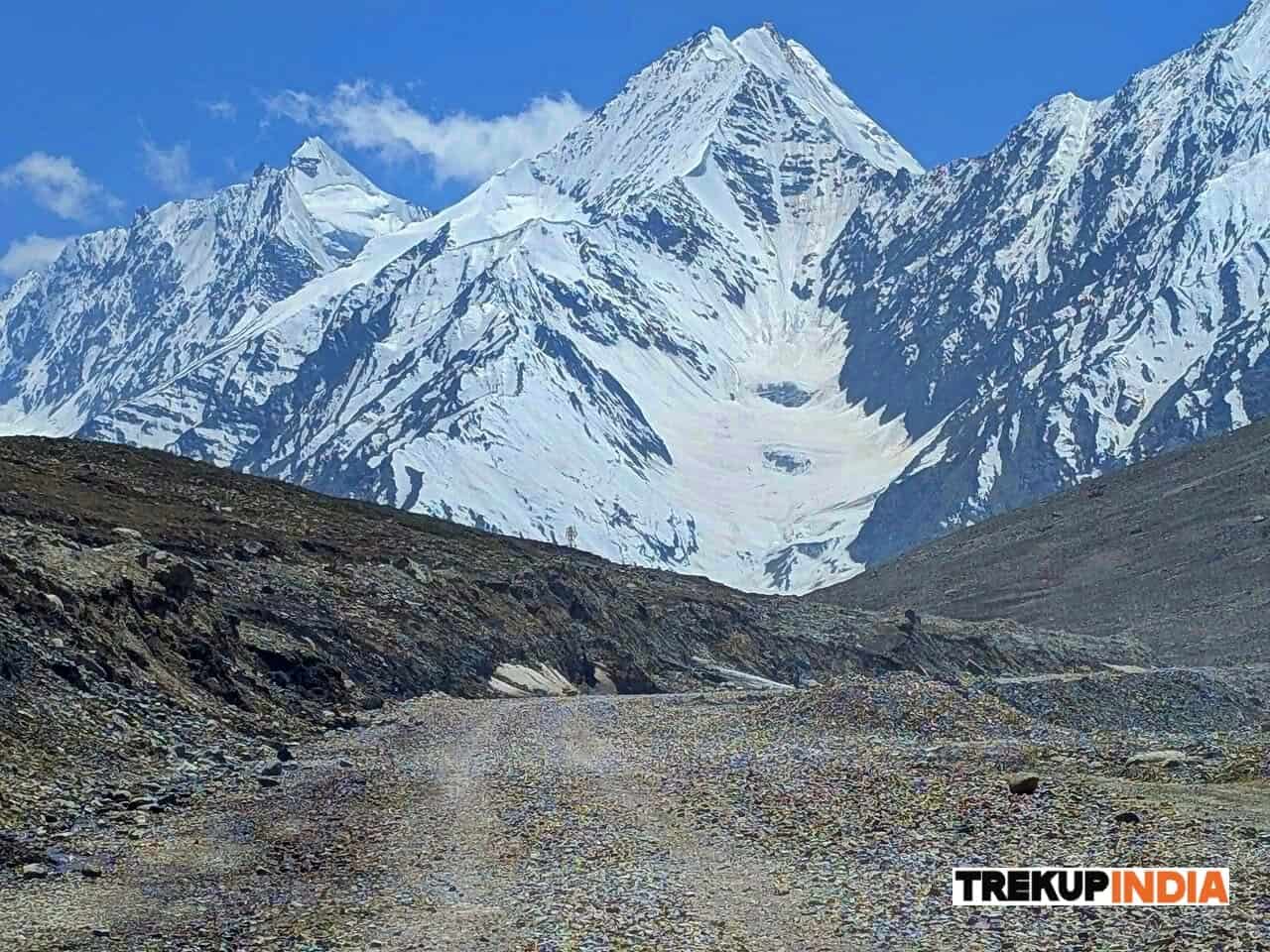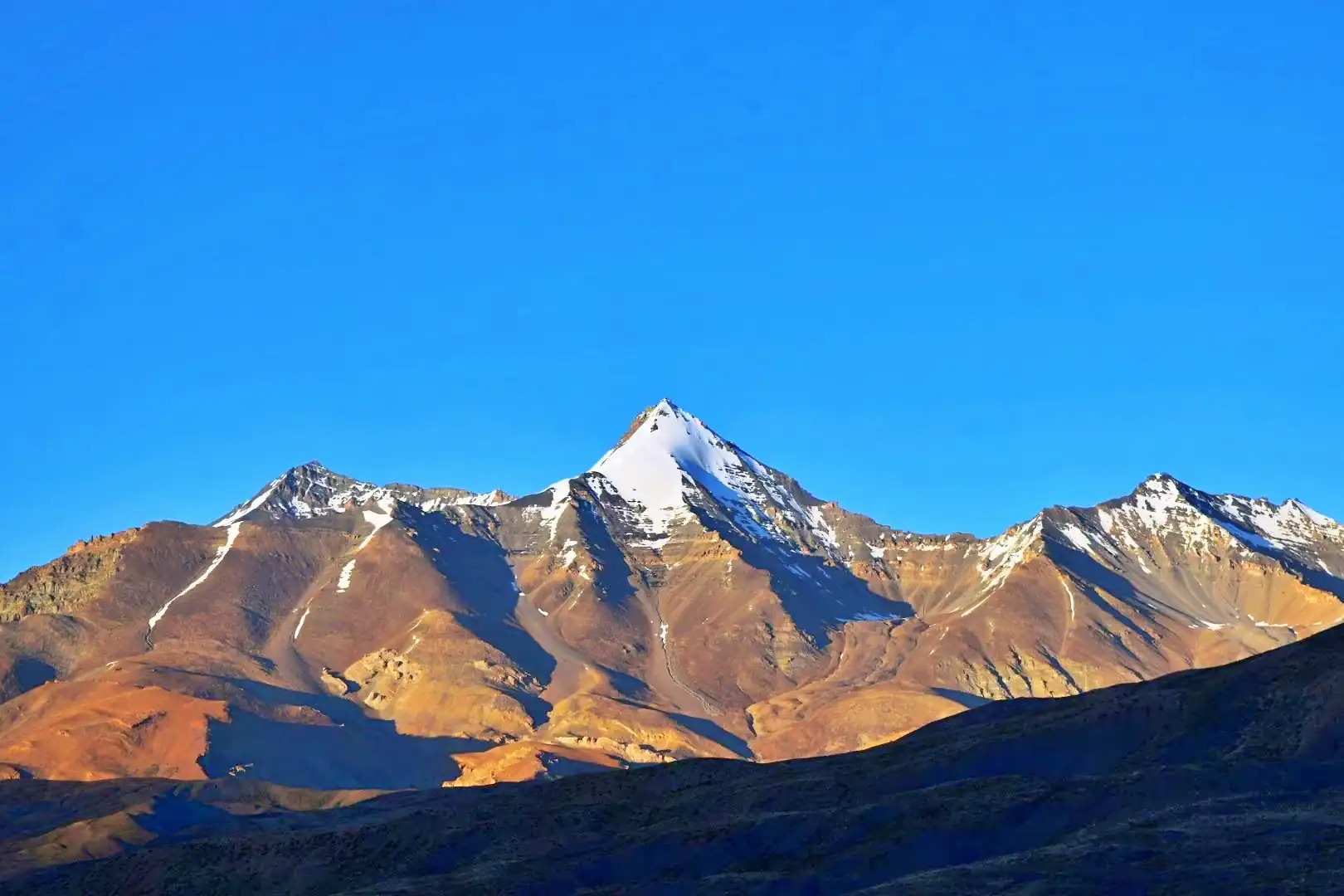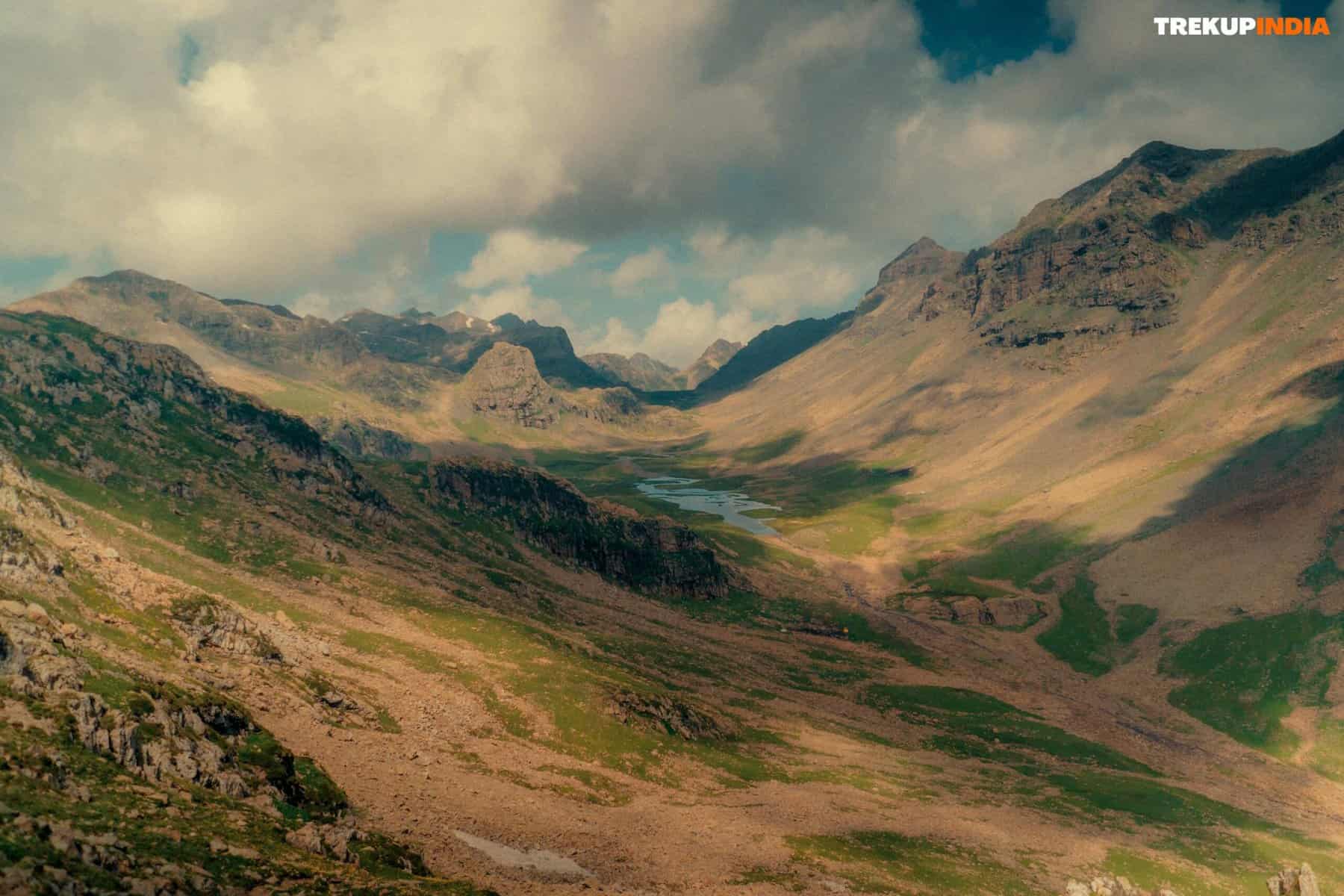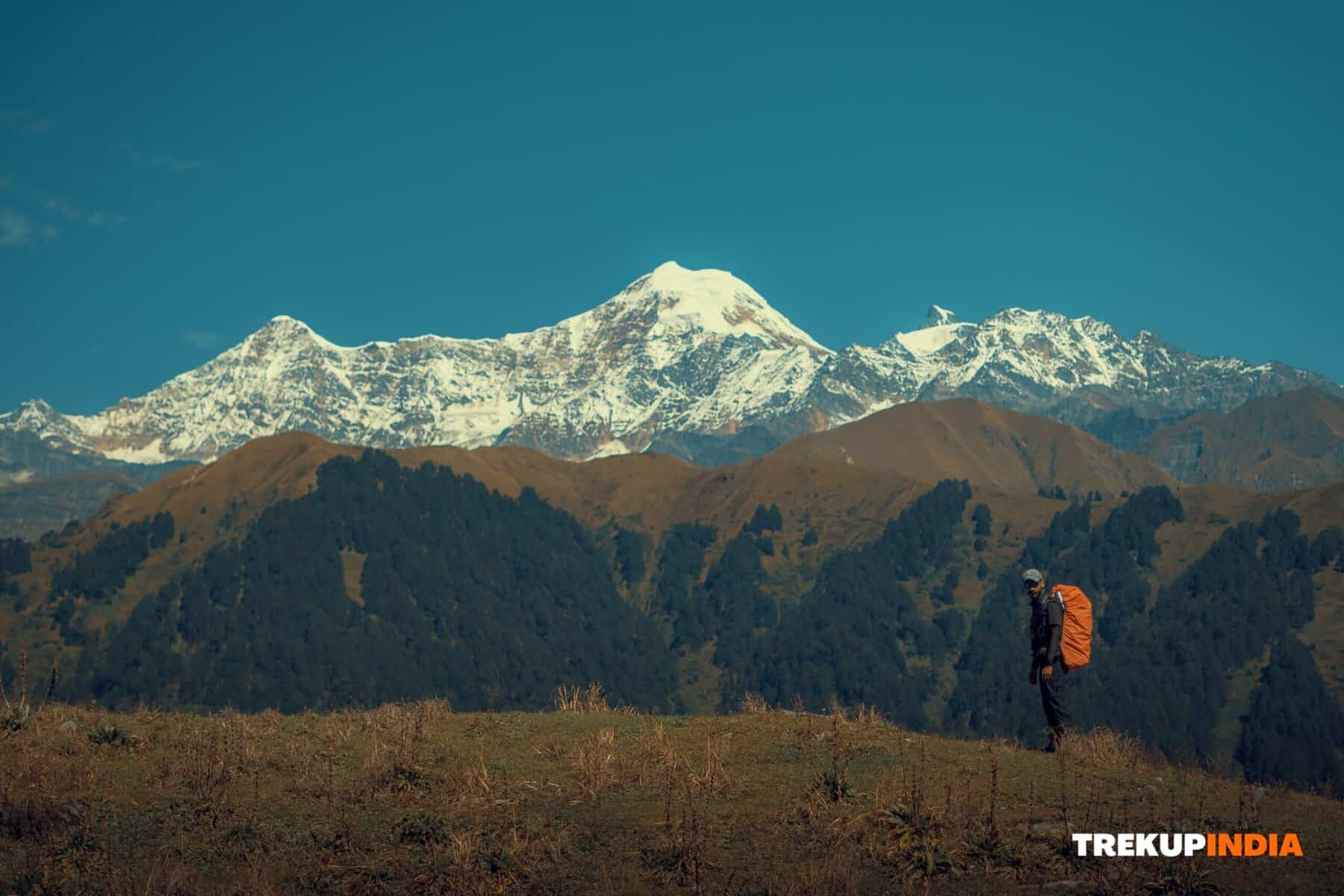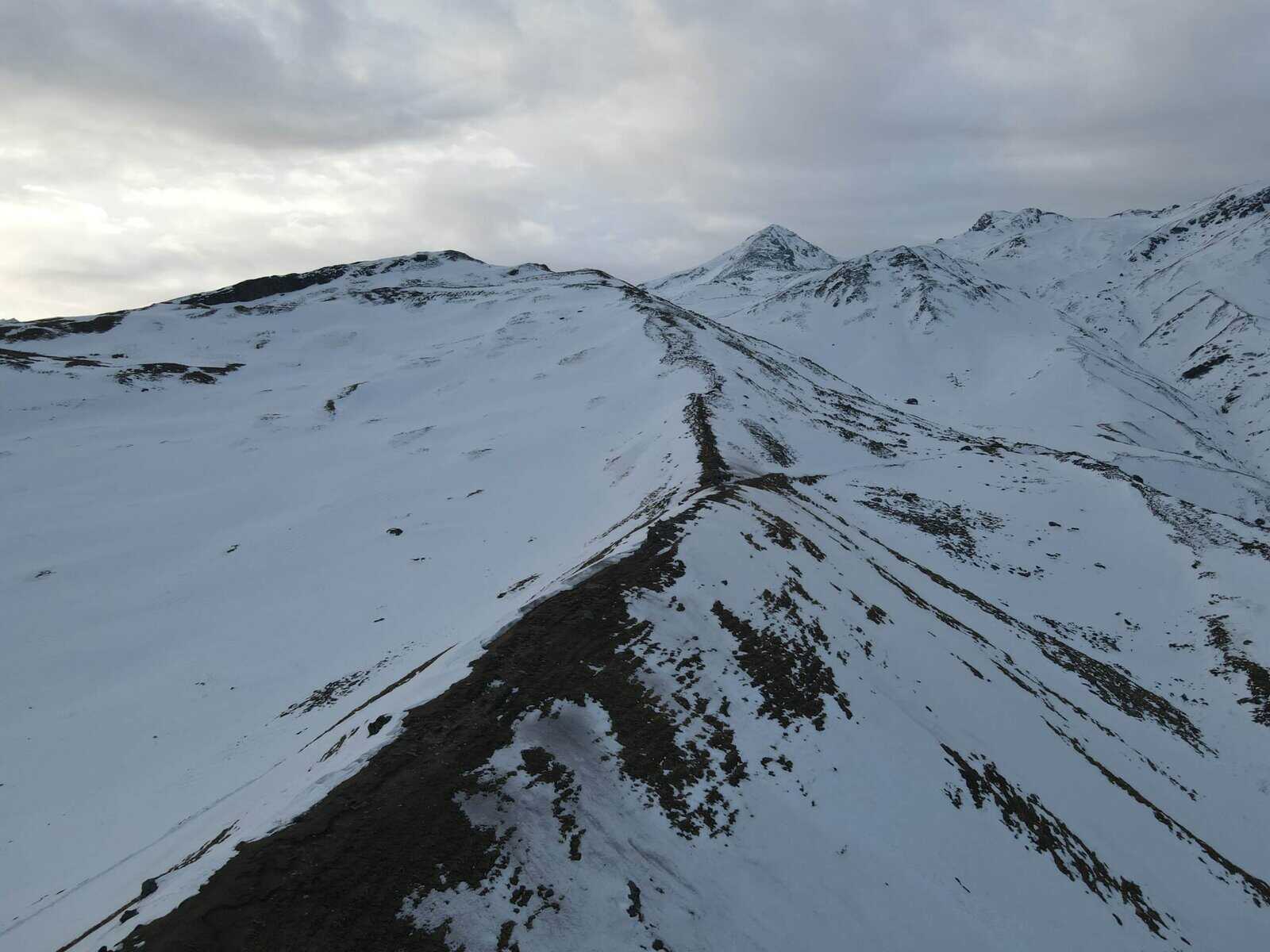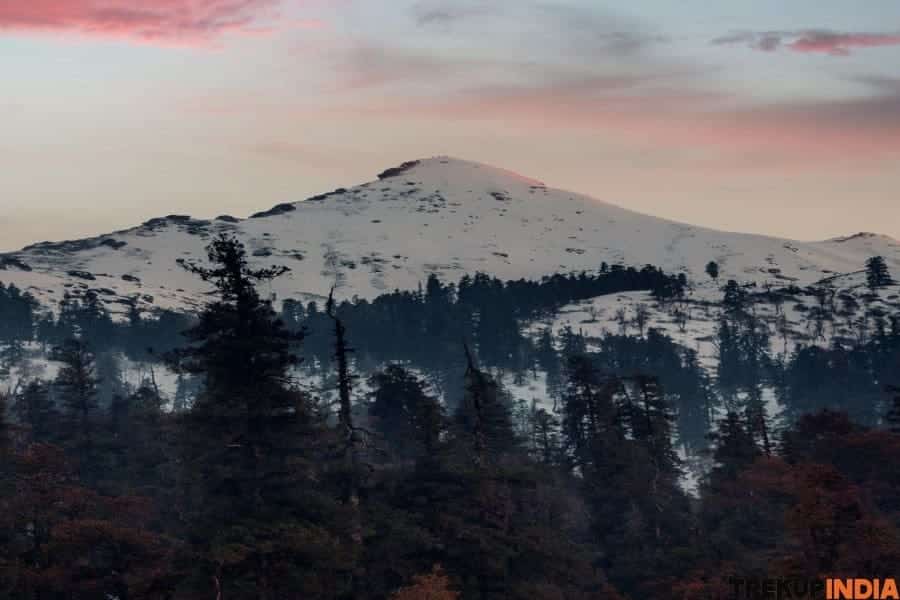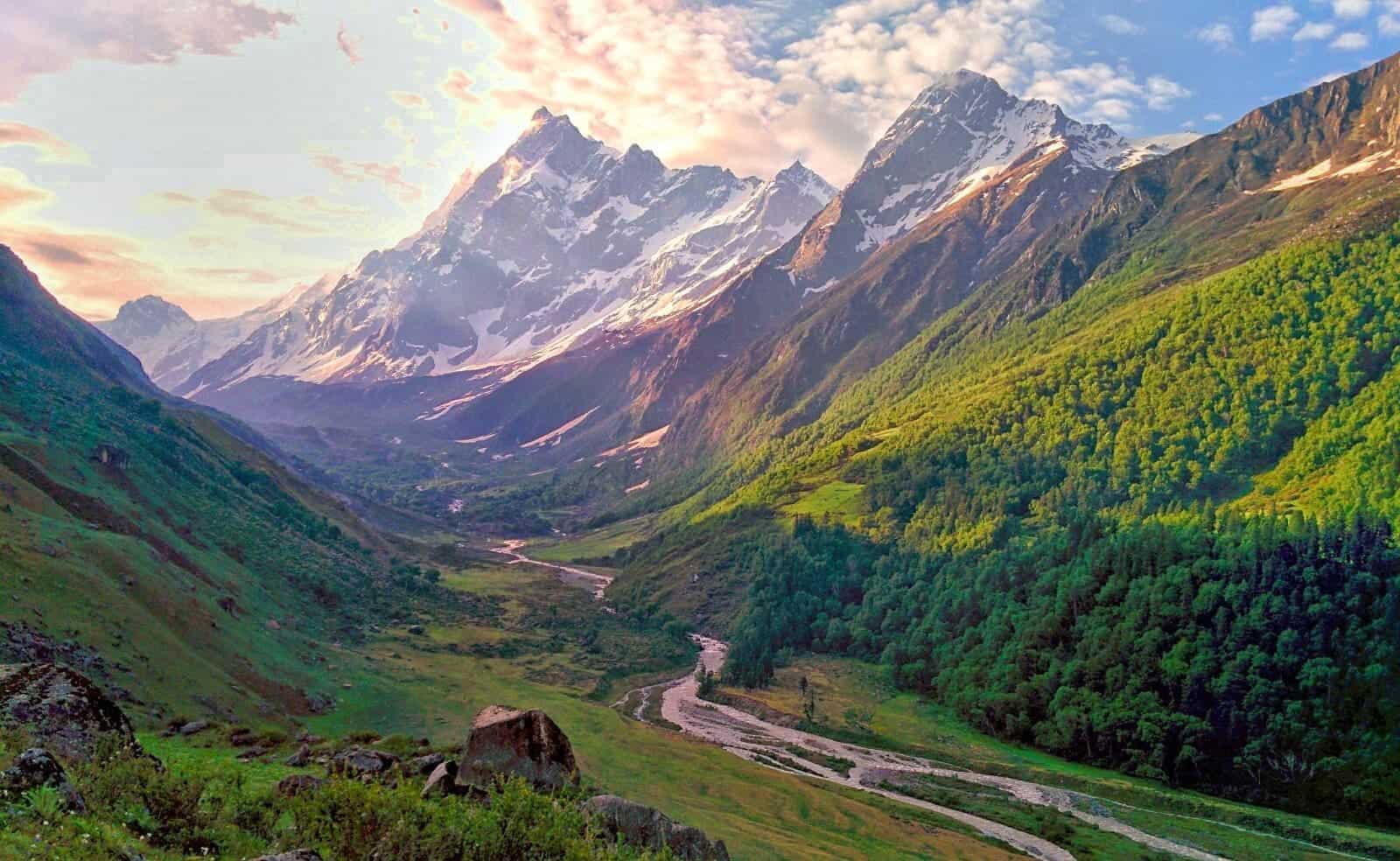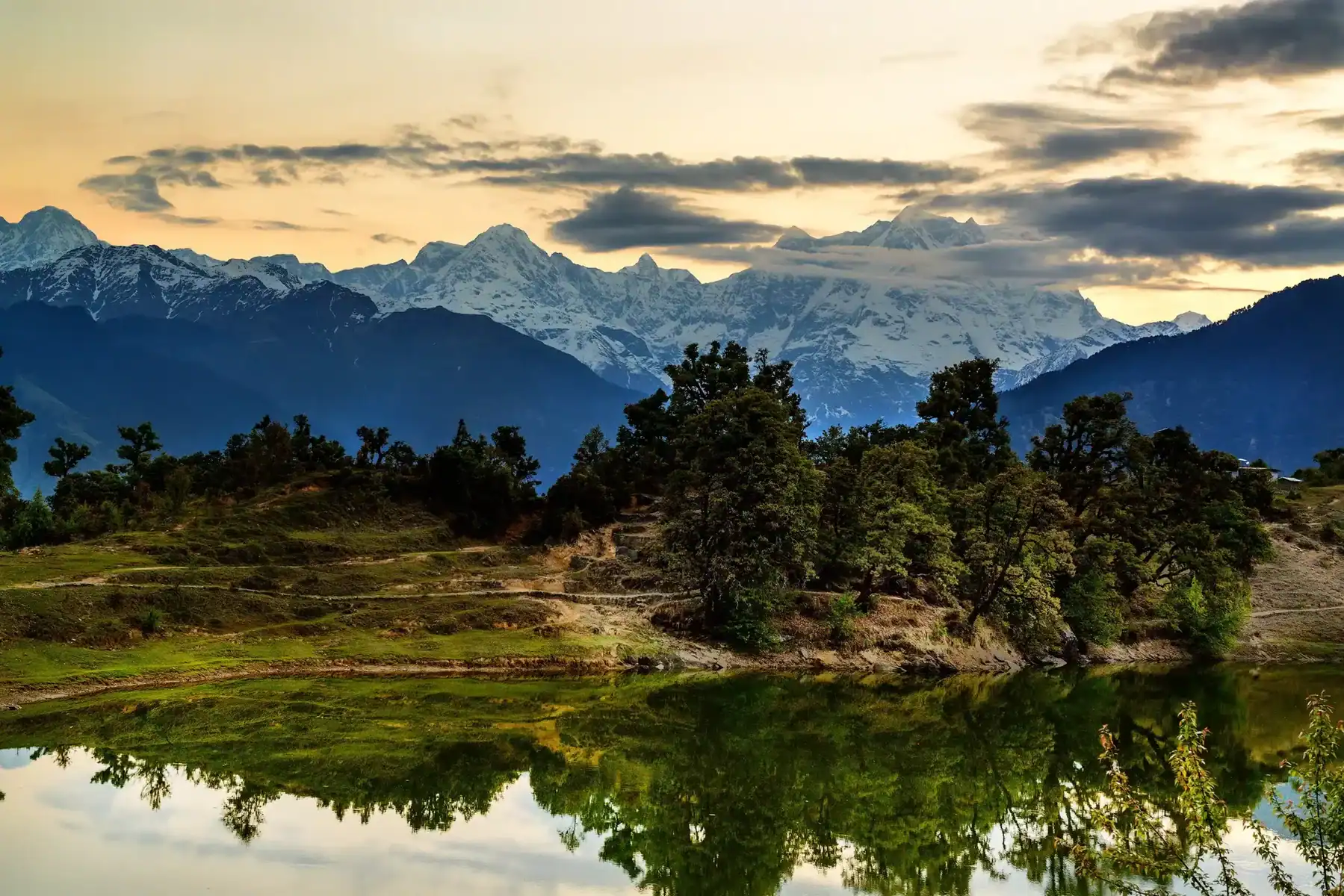Conquering Knee Pain Downhill Hiking: Techniques & Prevention Tips
Many trekkers find the hardest challenge of trekking the mountains isn’t necessarily steep uphill ascent, but rather long and gruelling descents. Himachal, Ladakh, and Uttarakhand offer rugged terrain that could turn an otherwise enjoyable descent into an ordeal for knees if left without proper preparation and strategies to protect them while enjoying both ascents and descents equally. We at TrekUp India understand this all too well knee pain can slow trekkers down or even stop adventures altogether! With proper strategies and preparation, you will be able to protect them all the while still fully enjoying both aspects.
Descents Harm Knees
Increased Impact Force: when walking downhill places three times your bodyweight on each step, creating an impact force that may cause injuries in your knees.
Eccentric Muscle Strain: On descents, quadriceps are active to control movements that put strain on the knee joints.
Uneven Terrain: Slippery or rocky treks often cause awkward foot positioning that puts stress on ligaments and tendons.
Fatigue Factor: Muscle fatigue makes people more vulnerable to injuries or accidents.
Prevention: Preparing Your Knees Before the Trek
- Strengthen Supportive Muscles
It is essential that you strengthen the quadriceps, hamstrings, glutes, and calves to absorb shocks and strengthen your knees during trekking. Include exercises like these: Lunges and Squats, Step Ups, Calf Raises: The Wall is Positioned
- Increase Flexibility
To maintain joint flexibility, stretching quads, hamstrings, and calves regularly can help keep joints limber.
- Develop Endurance
Cardio exercises such as cycling, trekking, and climbing stairs help your legs develop endurance for long descents.
- Lighten Your Load
A heavy backpack can exacerbate knee pain. Pack only essential items and evenly distribute their weight across your pack.
Techniques for Knee Friendly Descents
- Shorten Your Stride
For knee friendly descents, make smaller adjustments that lessen the impact of landing. Avoid overexerting yourself downward.
- Keep Knees Soft
To absorb shock more effectively, keep your knees flexible by maintaining a slight bend in them as opposed to locking them straight. This helps with shock absorption.
- Make Use of Trekking Poles
Trekking poles can help reduce knee stress by shifting more weight onto your arms on steep slopes and hillsides, taking pressure off knee joints. Make your poles slightly longer depending on their use.
- Use Zigzag Movements on Steep Treks
Switchback movements can help to ease gradient strain.
- Mind Your Foot Placement
Always place your foot flatly or with a controlled heel strike on a firm surface, taking note of potential hazards such as slippery rocks and loose gravel.
TrekUp India Notes To Remember
- Always wear trekking shoes that offer sufficient cushioning and gripping capabilities when trekking.
- As you trek along, don’t rush or try to keep up with those who are faster. Take your time and don’t try to keep pace with other trekkers who might move more quickly than you.
- When experiencing knee discomfort, use a brace or compression sleeve.
- Stay hydrated by stopping for short breaks to give your legs time to recover during long descents.
Conclusion
Careful consideration and a steady pace will allow the descent of mountains in Himachal, Ladakh, or Uttarakhand to become as enjoyable as the ascent if your knees are taken into consideration during each step of your descent. Strength and flexibility exercises, as well as using support gear, may turn what would otherwise be an unpleasant experience into one you look forward to each step of the way. TrekUp India believes careful planning and a steady pace are crucial not only in protecting joints from trauma but in making each descent an exciting part of the experience rather than being just another challenge along the journey!
About Author

Preetam Singh Rawat (Founder)
The person behind this trekking organization is someone who’s spent over a decade – 12 years, to be exact – living and breathing the mountains. With multiple high altitude summits under his belt (we’re talking 6000 to 7000 meter peaks), he’s not just experienced – he’s the real deal.
But what really sets him apart is the sheer number of treks he has guided. He has led over 200 Himalayan expeditions, including well known routes like Bali Pass, Buran Ghati, Rupin Pass, Pin Bhabha, Stok Kangri, and Black Peak. Not just once, but multiple times. So yeah, when it comes to the Himalayas, he knows every twist in the trail and every story the mountains have to tell.
Got questions or want to get in touch? Write to Preetam at preetam@trekupindia.com. He’s always happy to chat about treks, answer your questions, or help you prepare for your next big adventure.
Share this article
Dates For Upcoming Treks
Want To Trek Like Pro?
Basically, watch these videos if you want to trek the same way professional trekkers do and make your skills better. These videos contain useful tips and techniques to further improve your trekking skills itself. These videos actually help both new and experienced trekkers improve their trekking skills. These videos definitely provide useful tips that make your trek better. We are seeing that these videos by Trekup India experts will only help you make your trekking skills better.
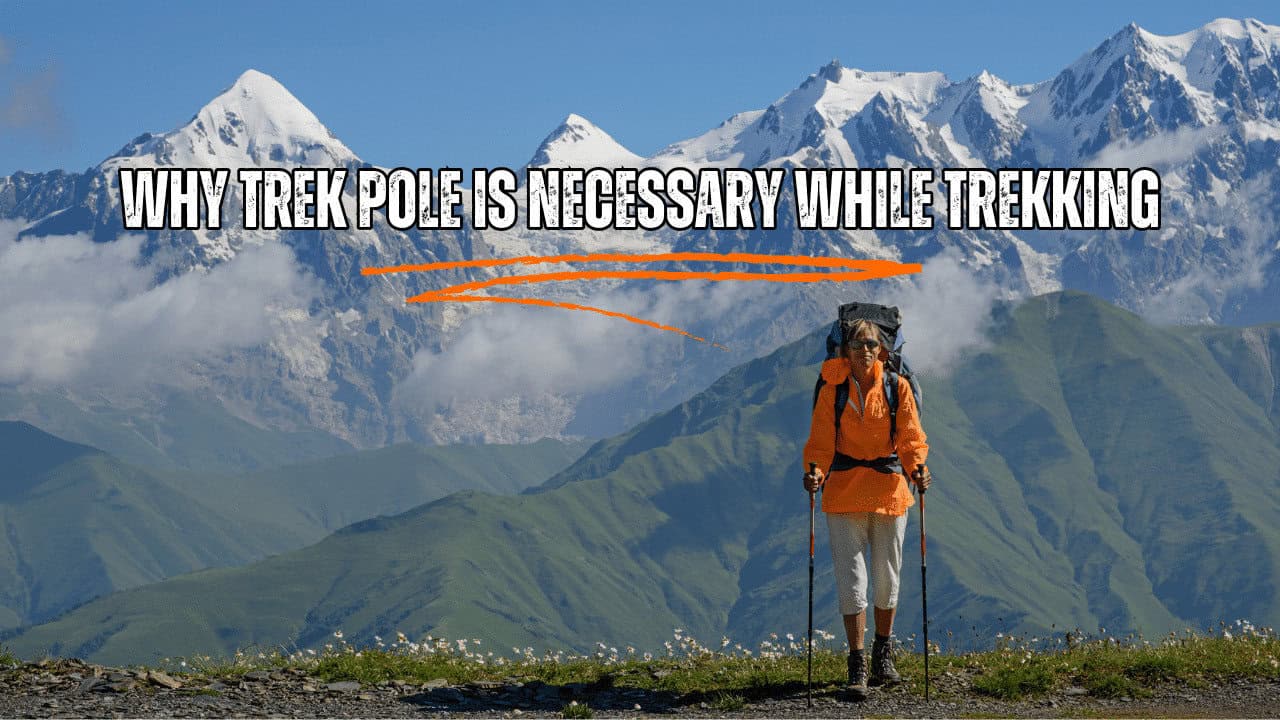
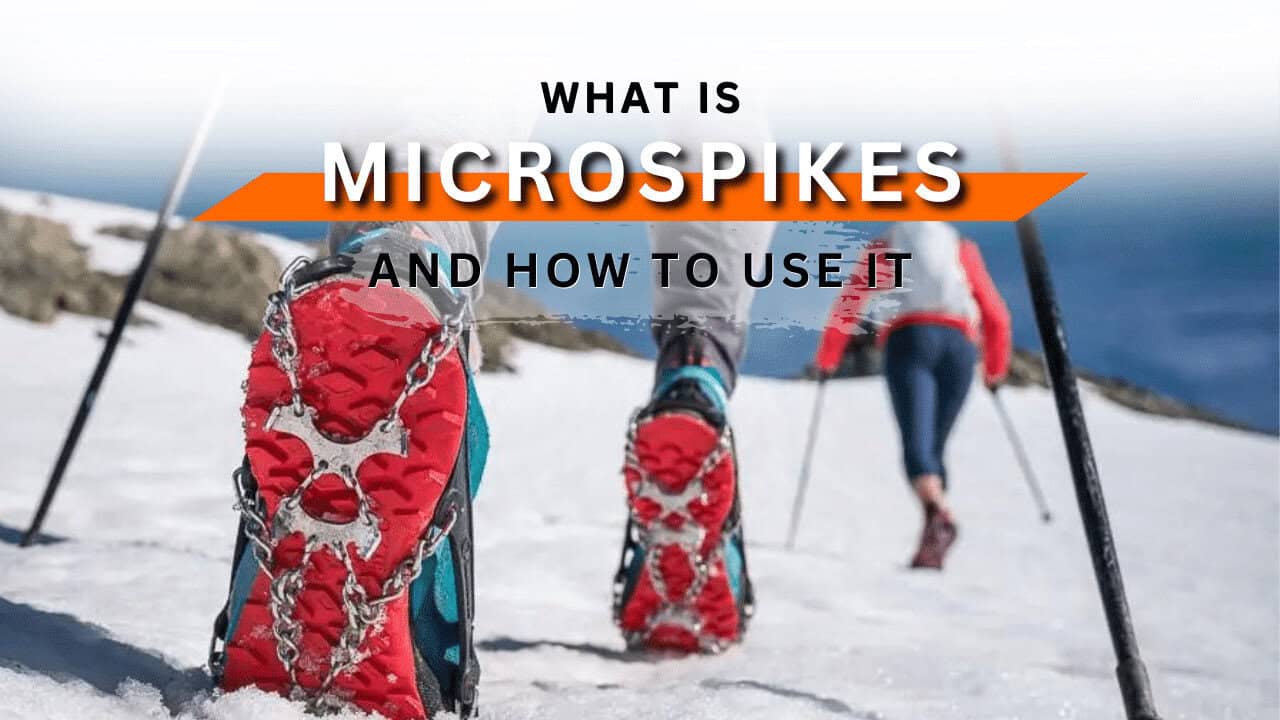
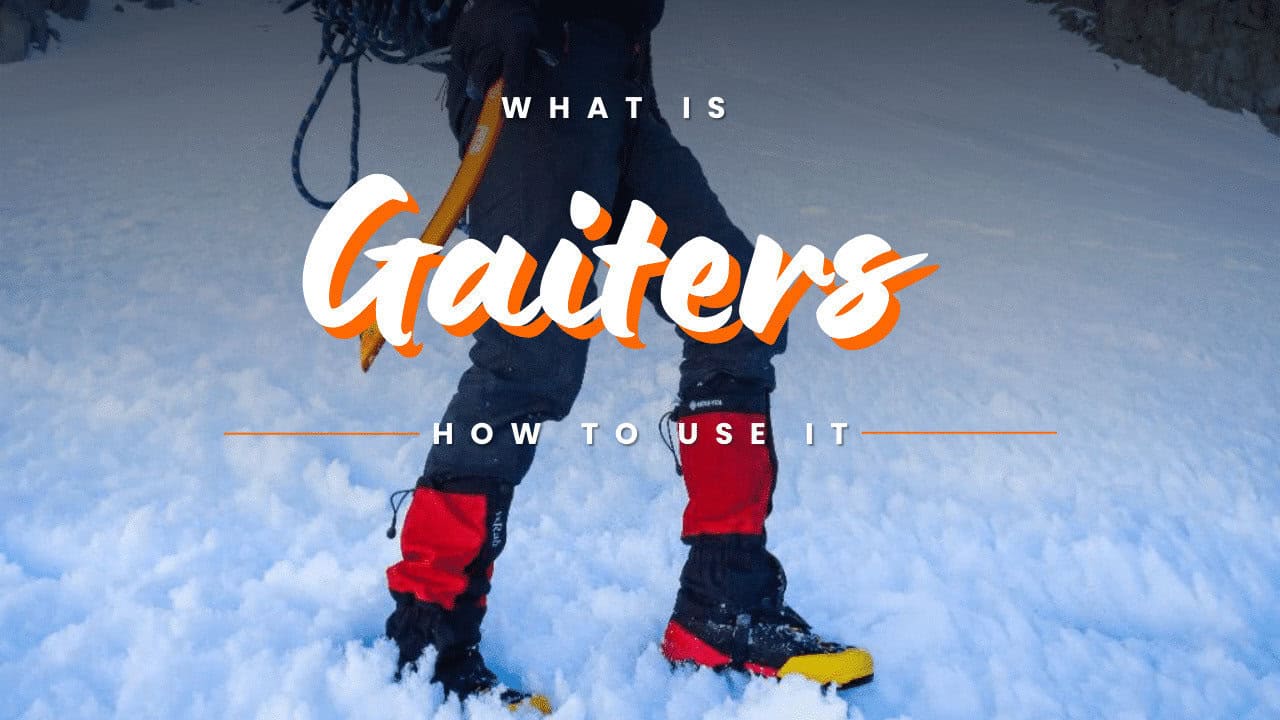

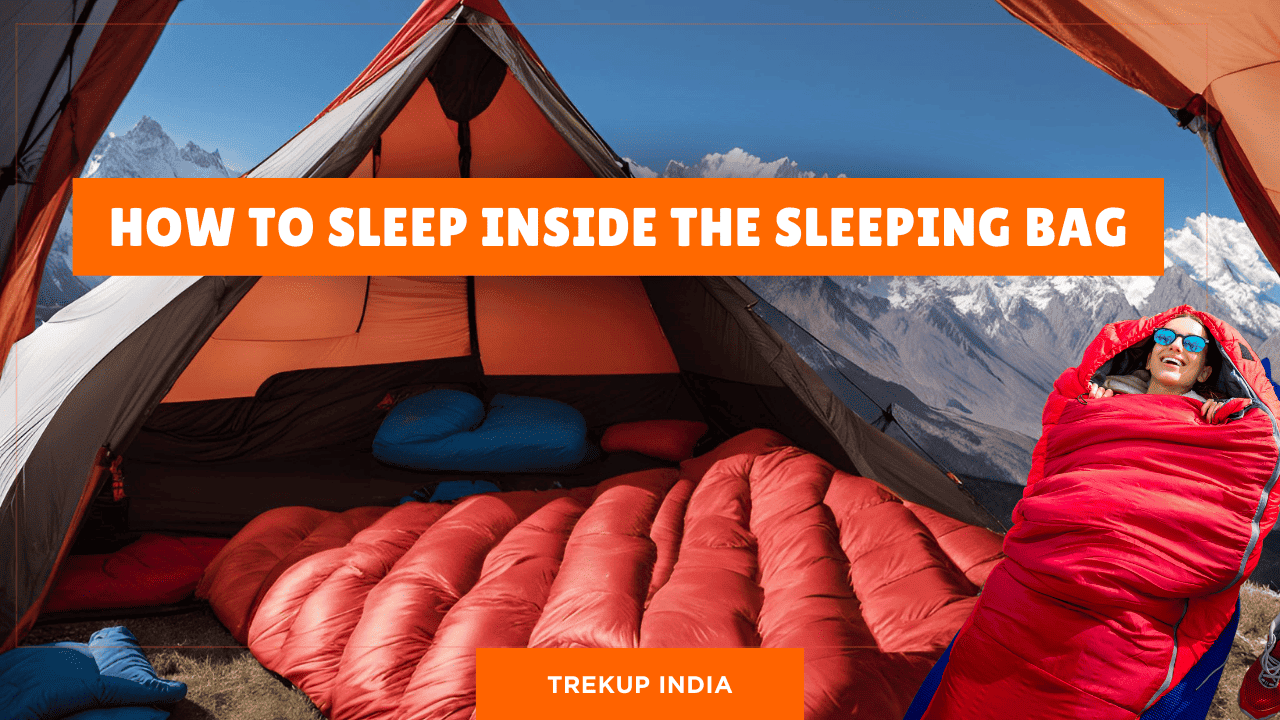

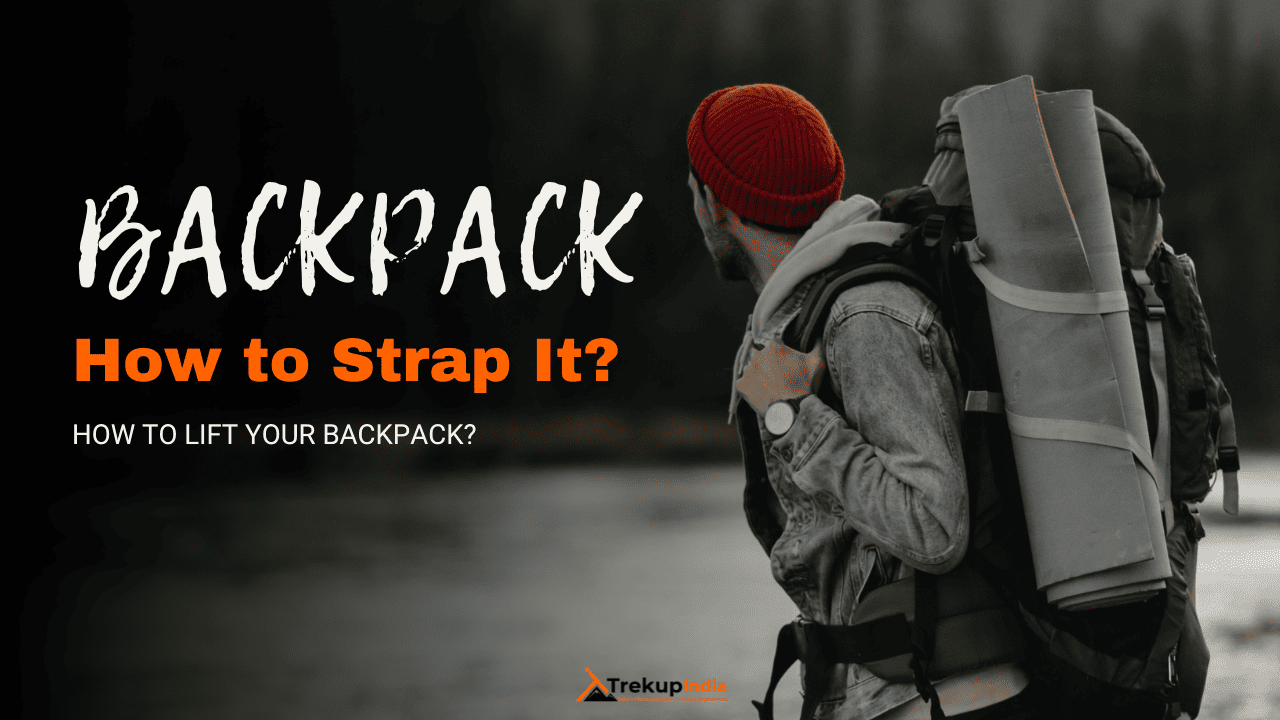
Know Everything About Acute Mountain Sickness
Acute Mountain Sickness occurs when people trek to high altitudes above 8,000 feet. This condition itself develops further due to reduced oxygen levels at such heights. Basically, as you go higher up, the air pressure and oxygen levels decrease, which causes the same problem. Acute Mountain Sickness surely causes headache, nausea, vomiting, and dizziness in affected persons. Moreover, peoples also experience difficulty in sleeping during this condition. To avoid mountain sickness, you should actually trek up slowly to higher altitudes. To learn further about this condition itself, watch the videos by Trekup India.
